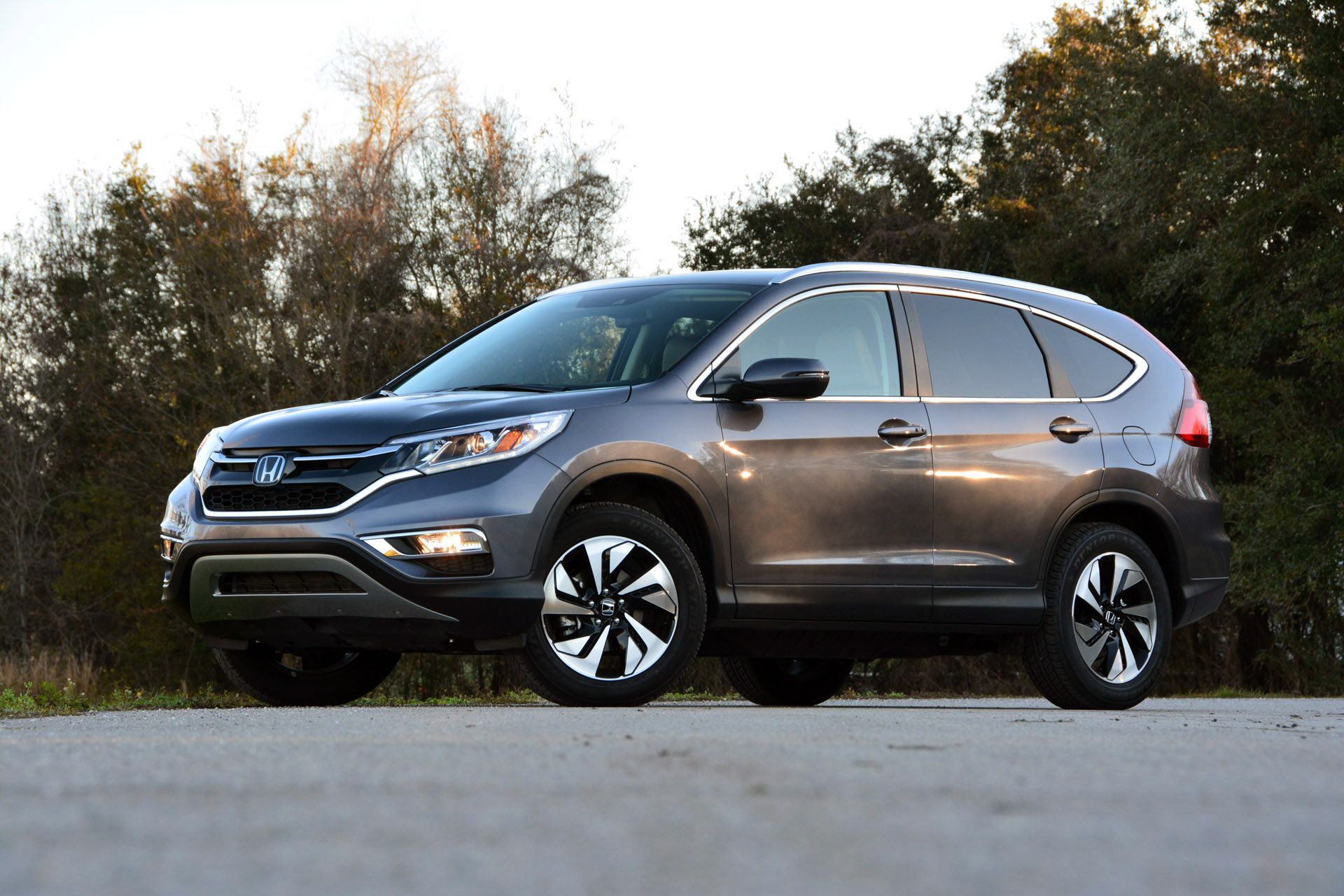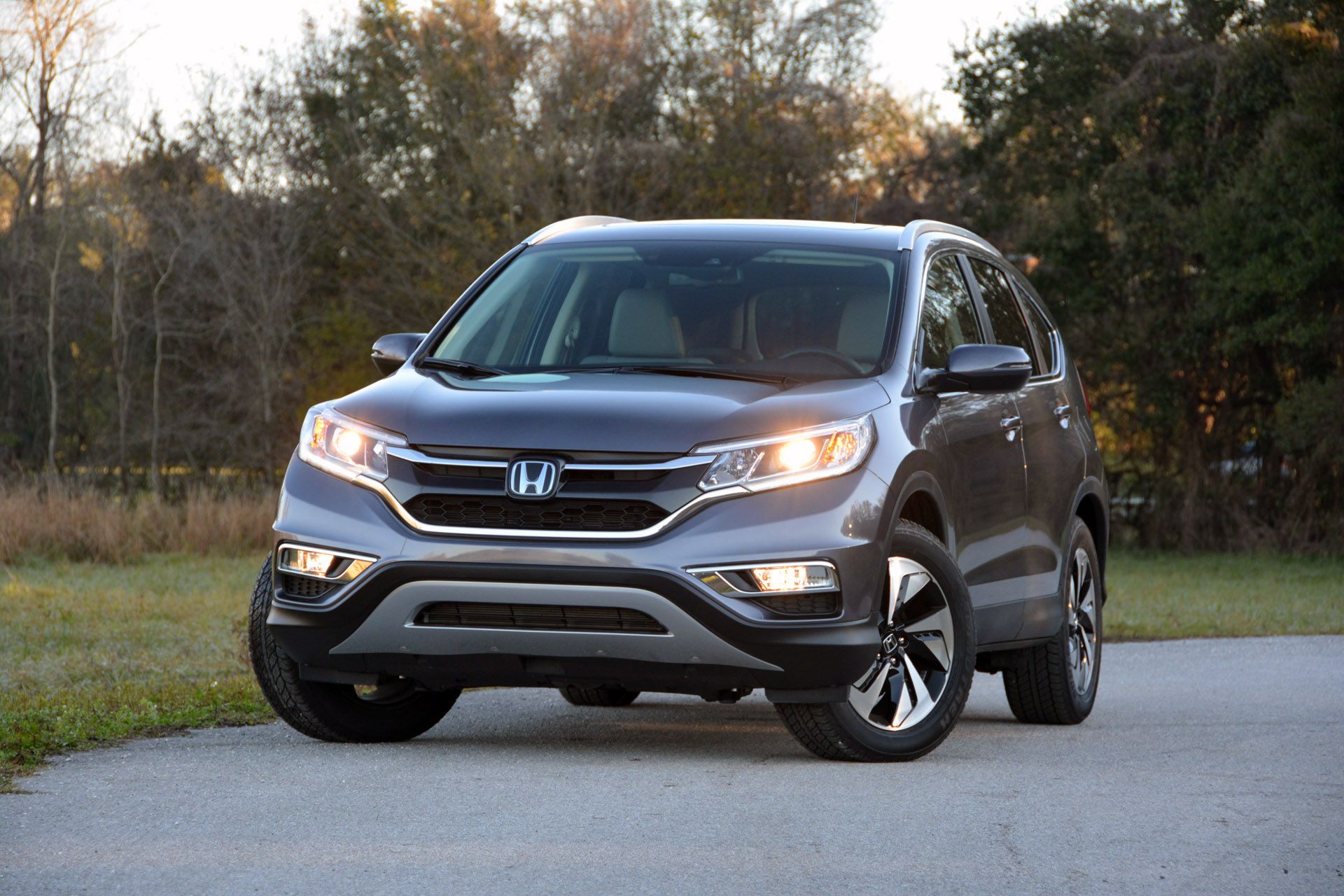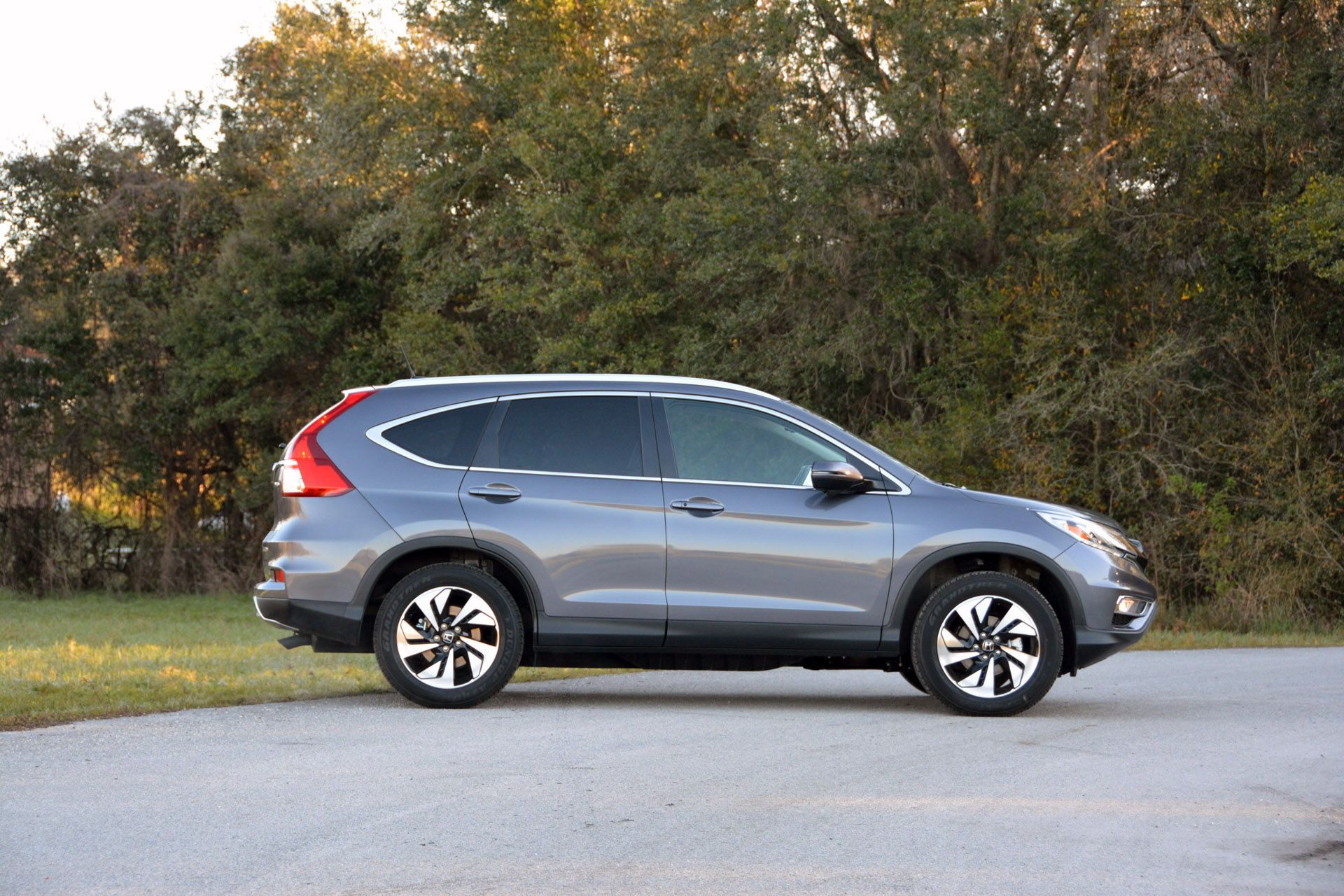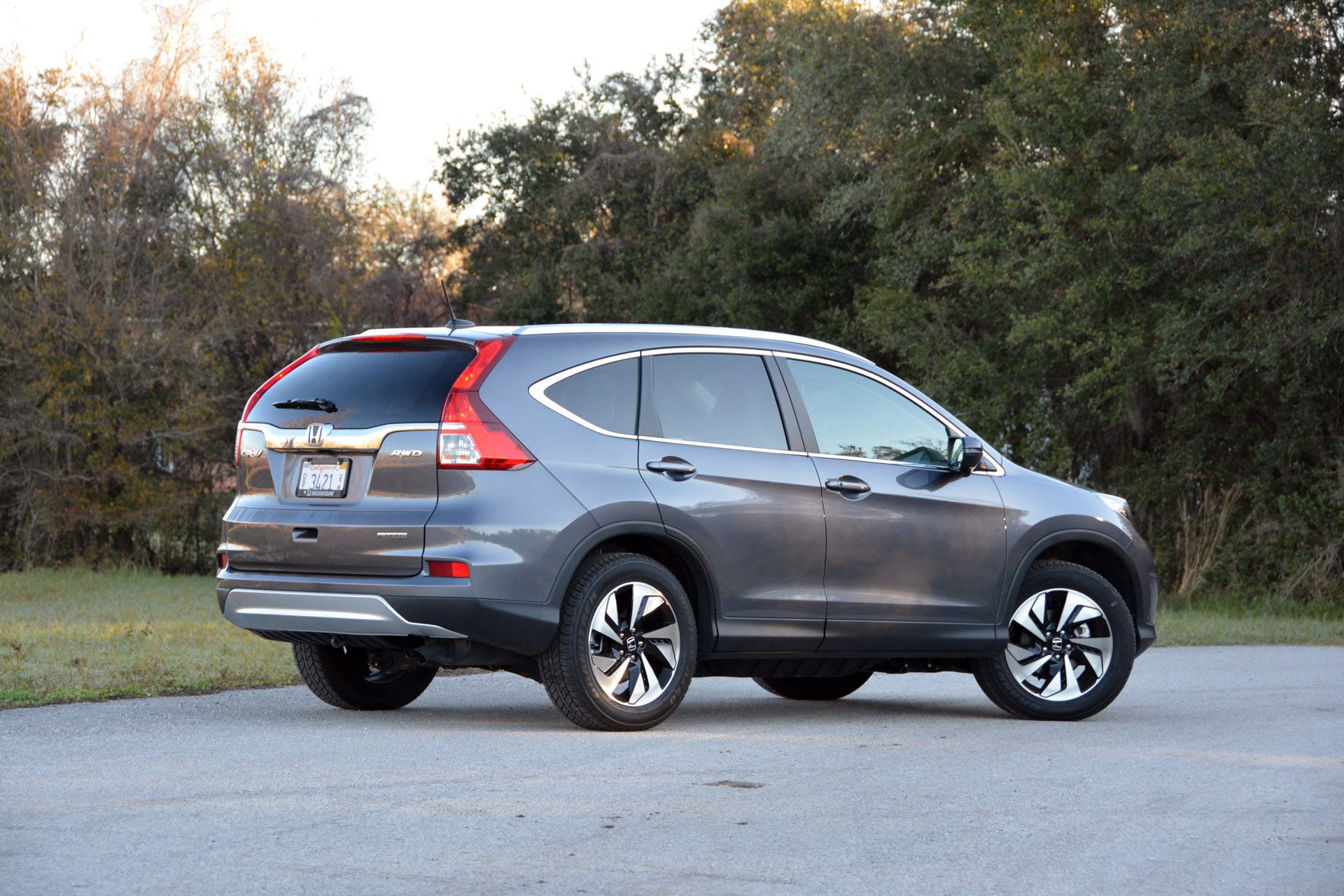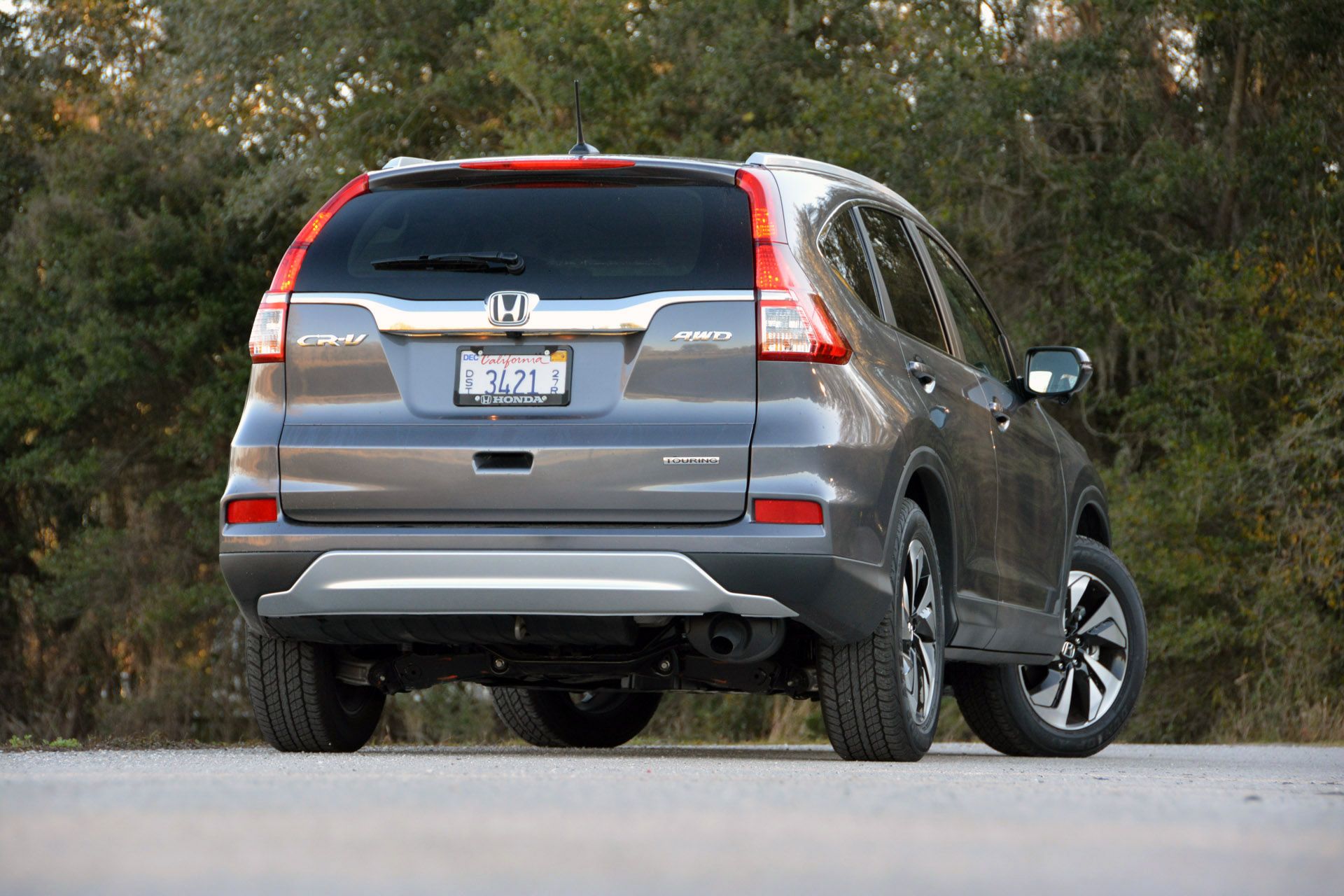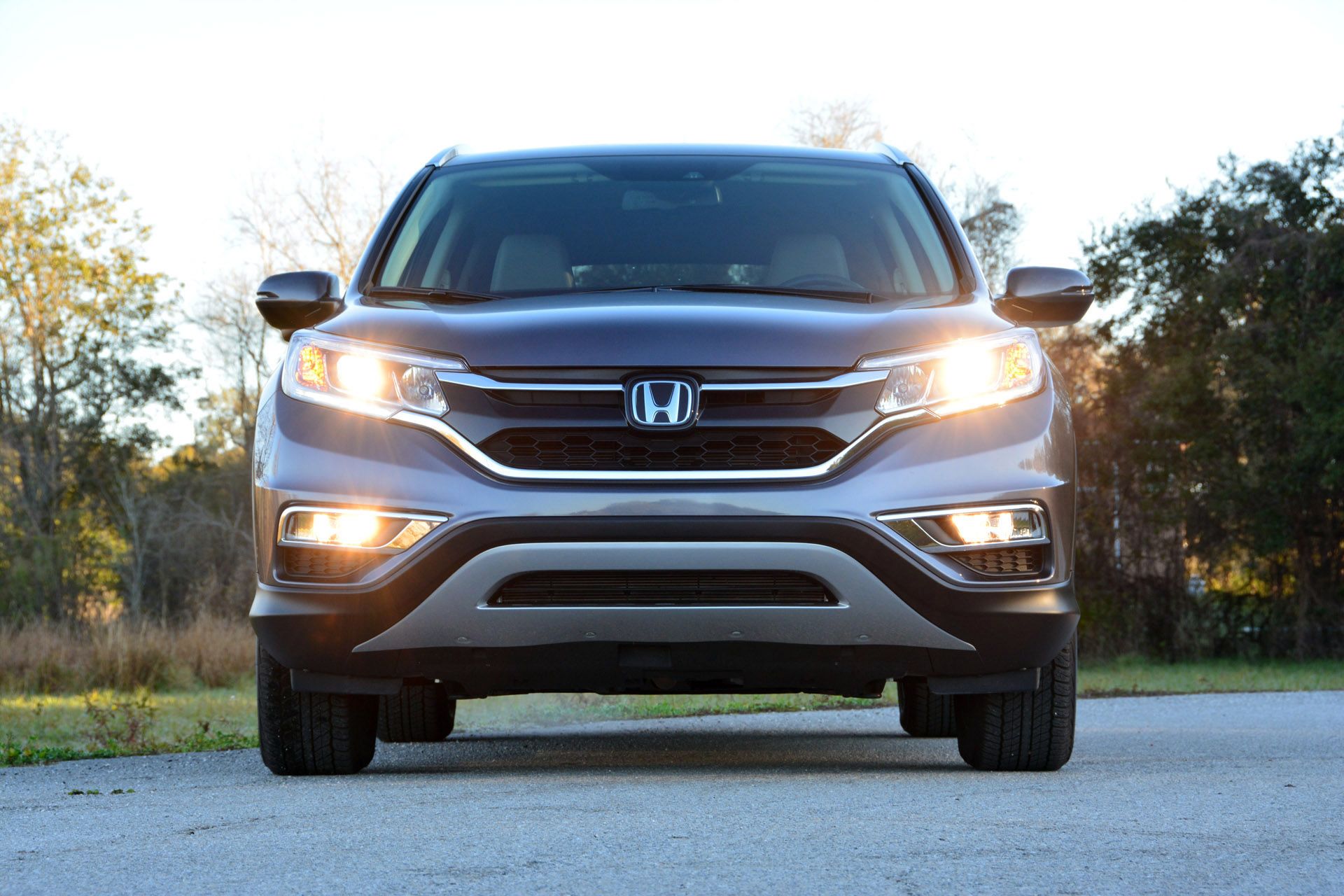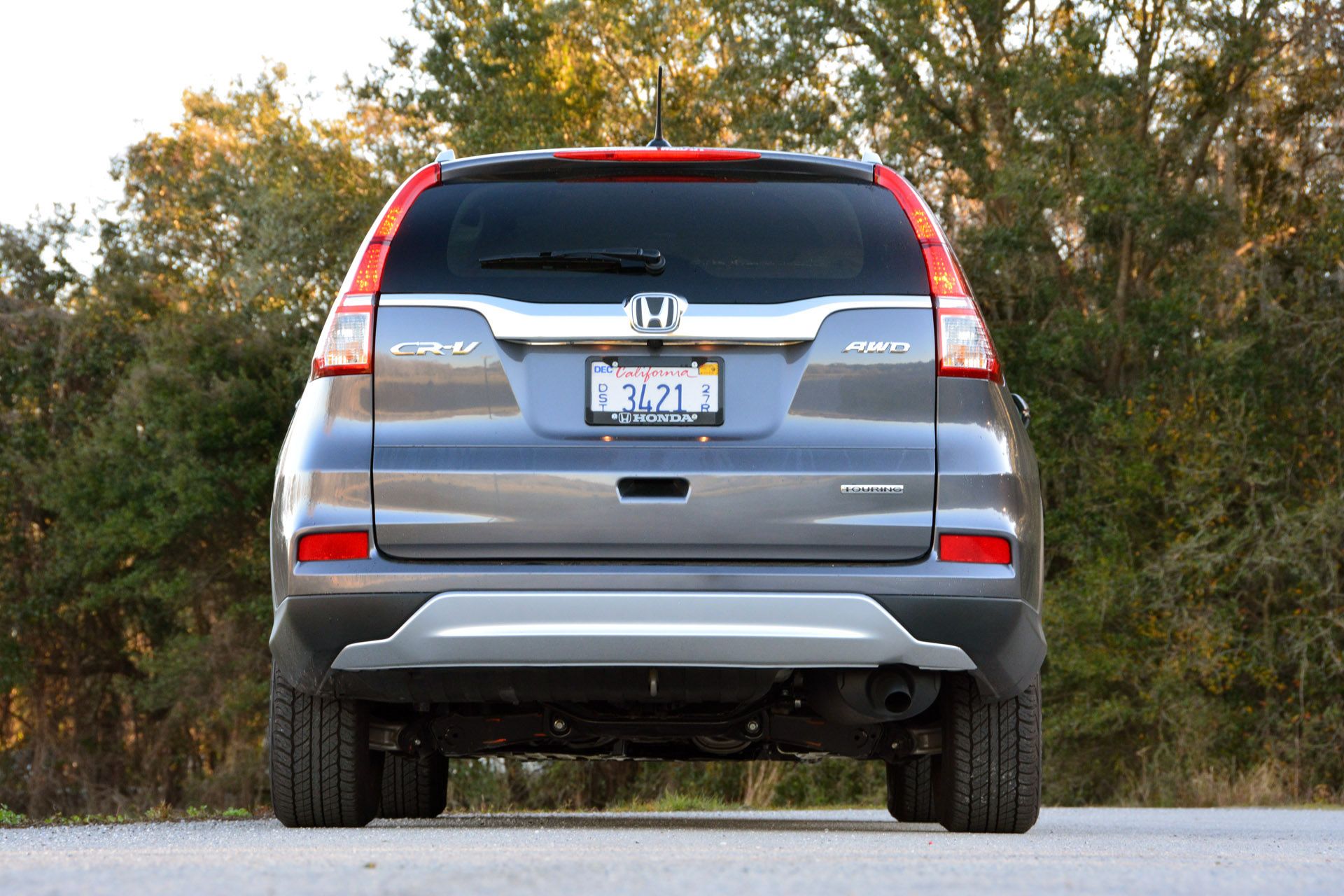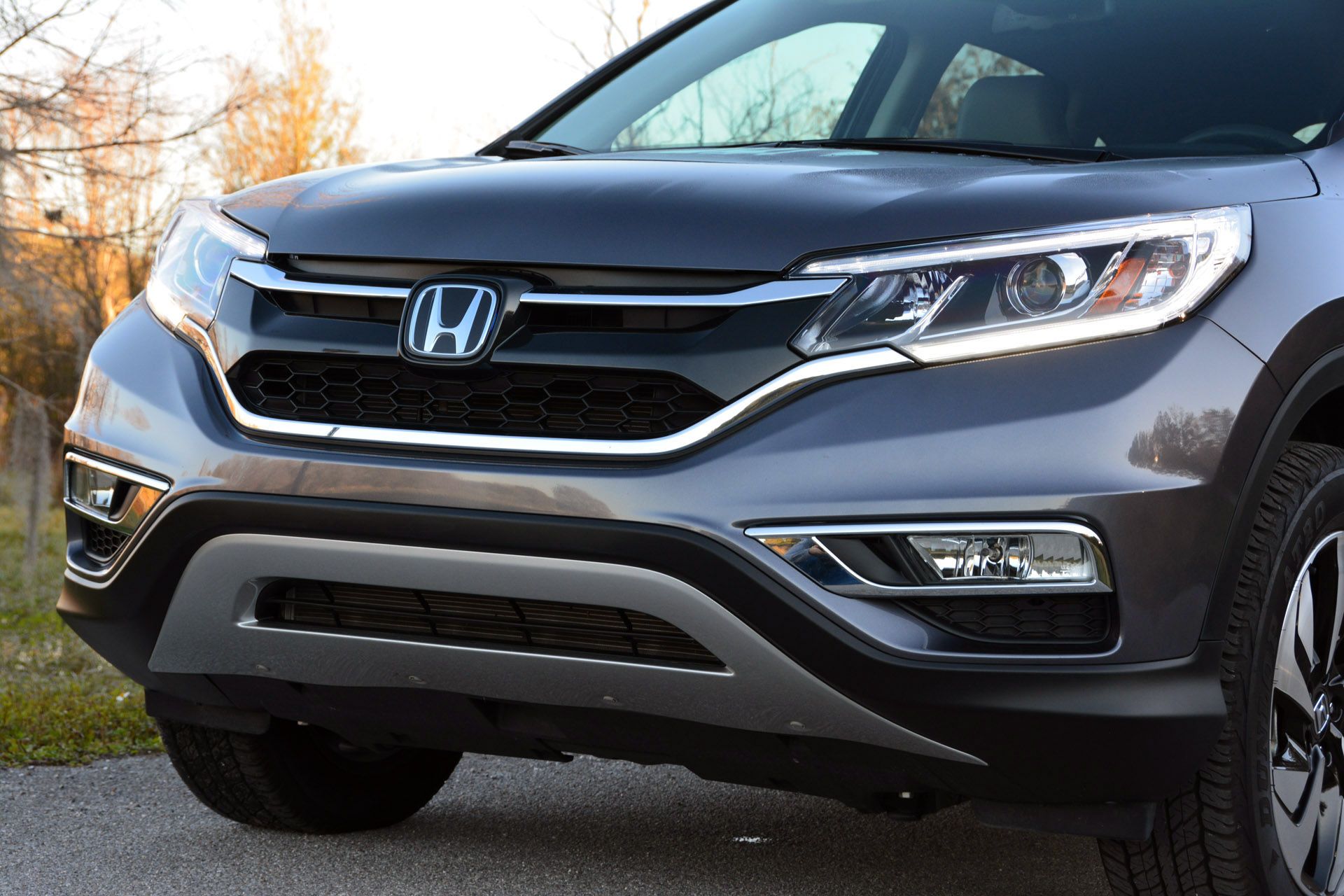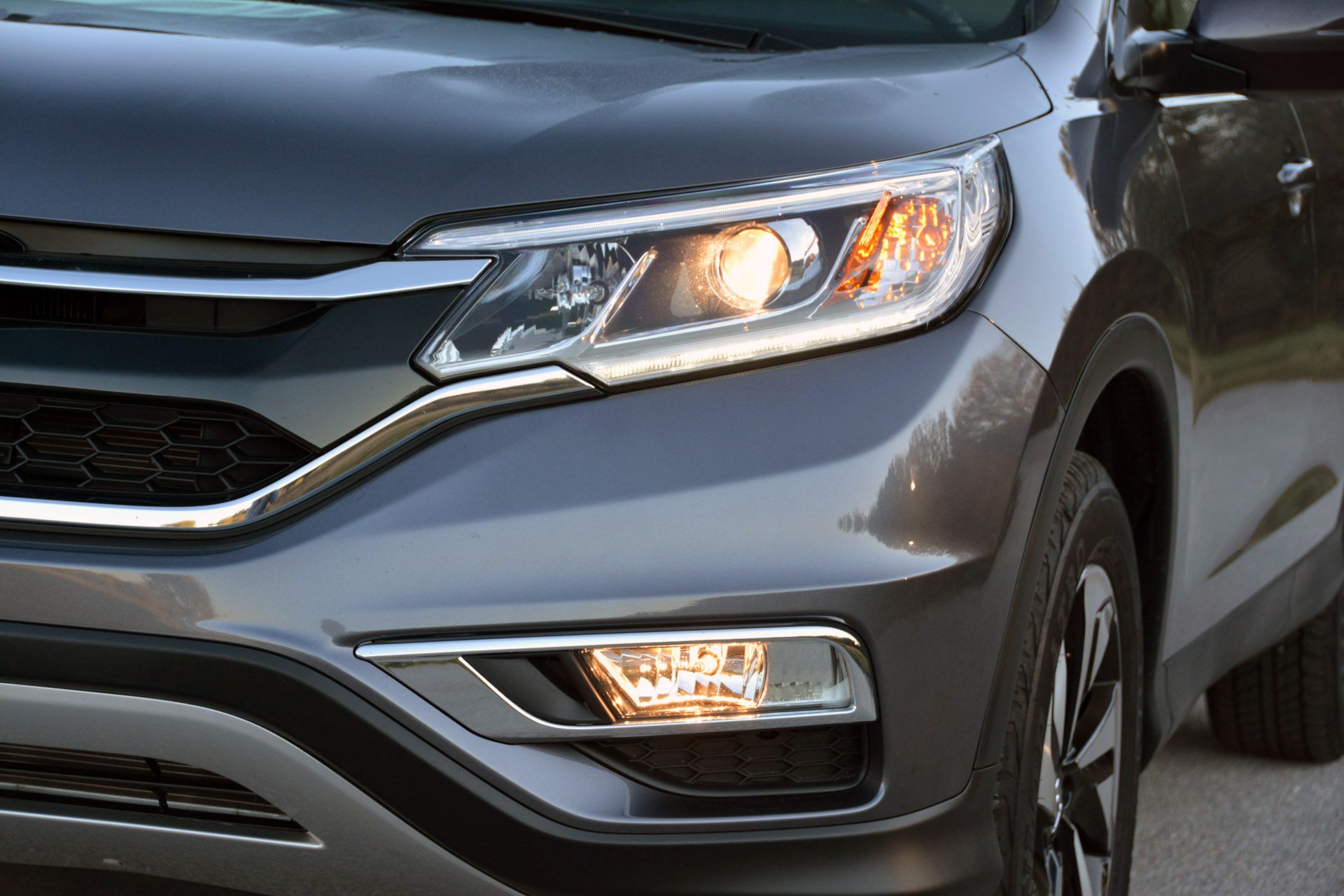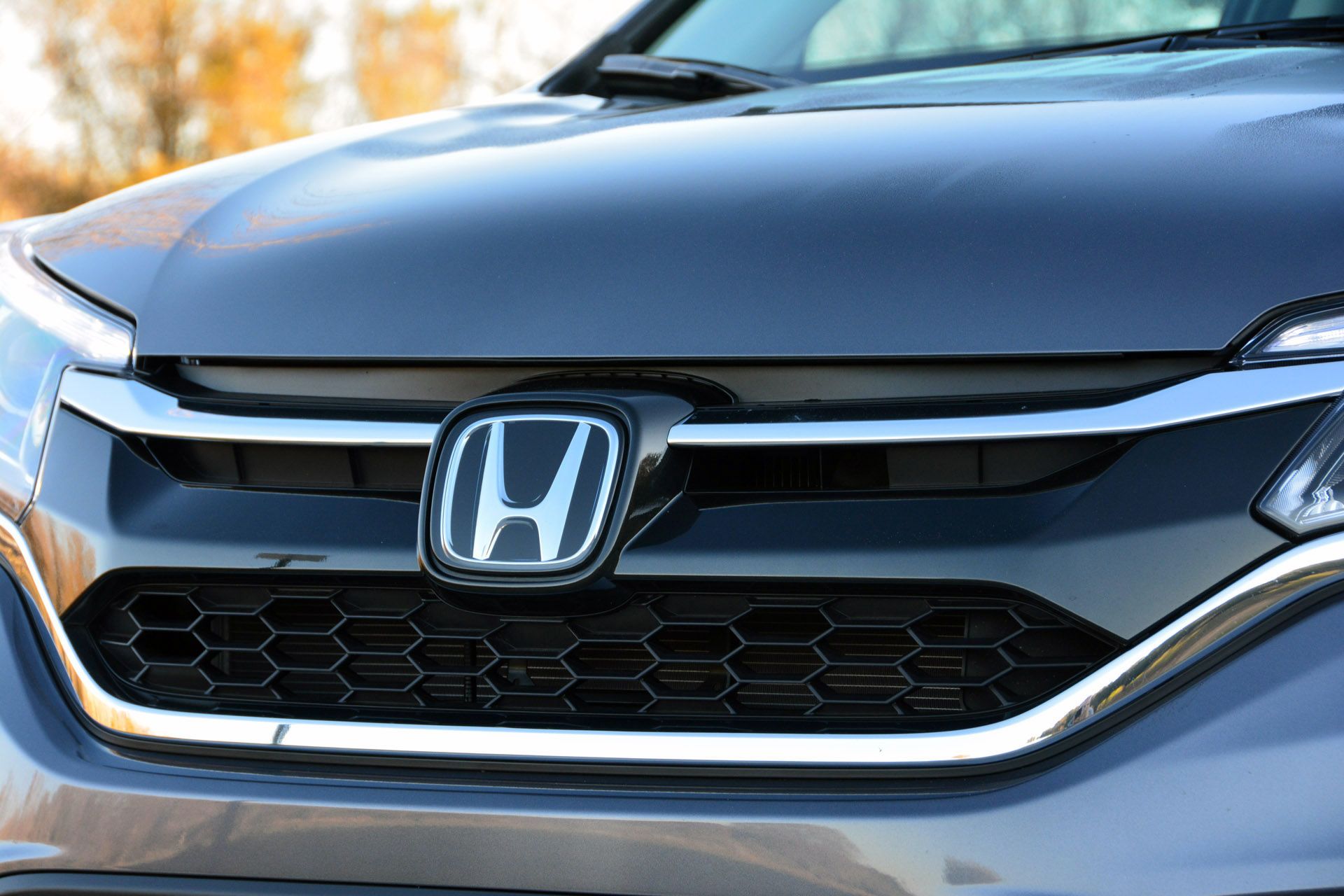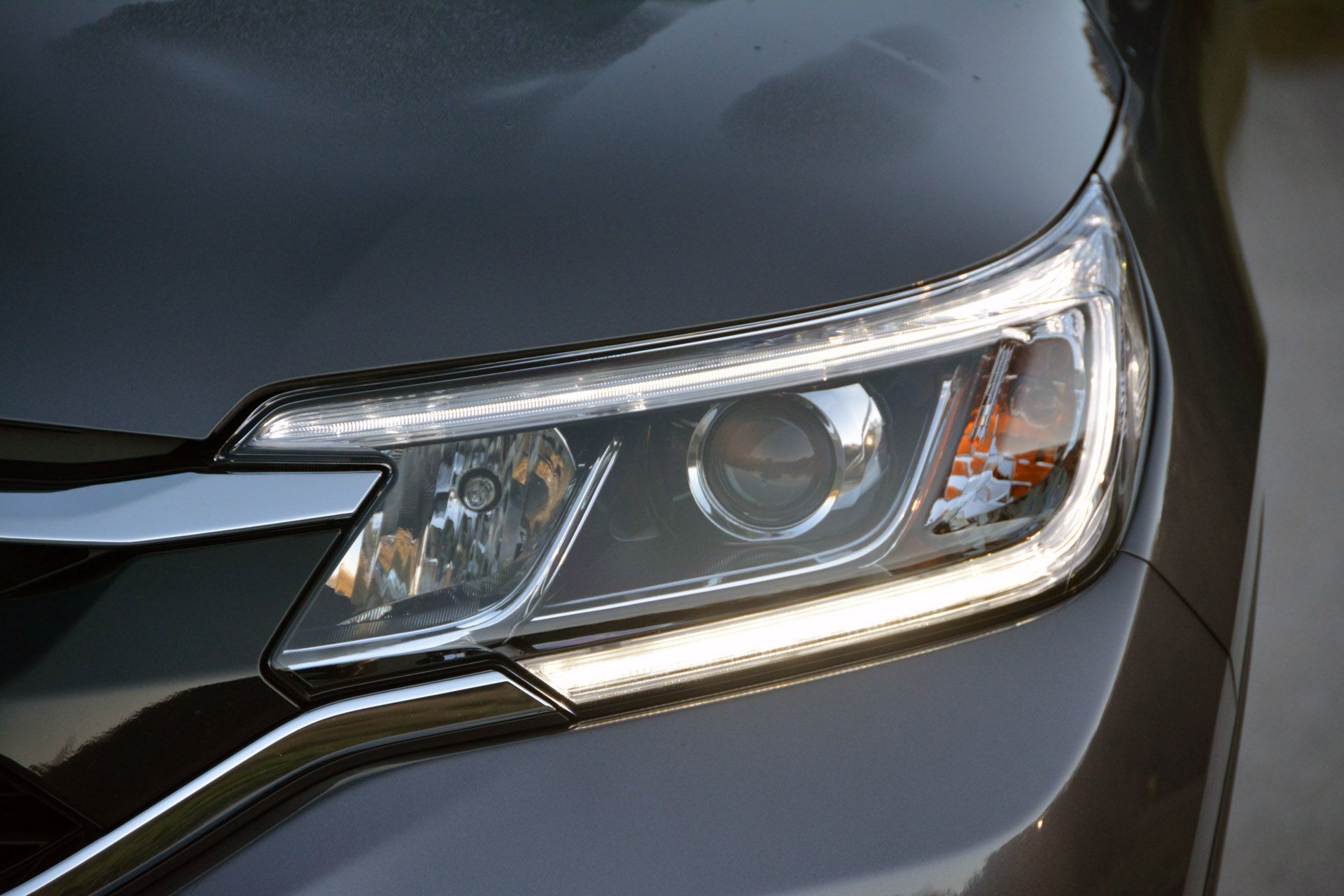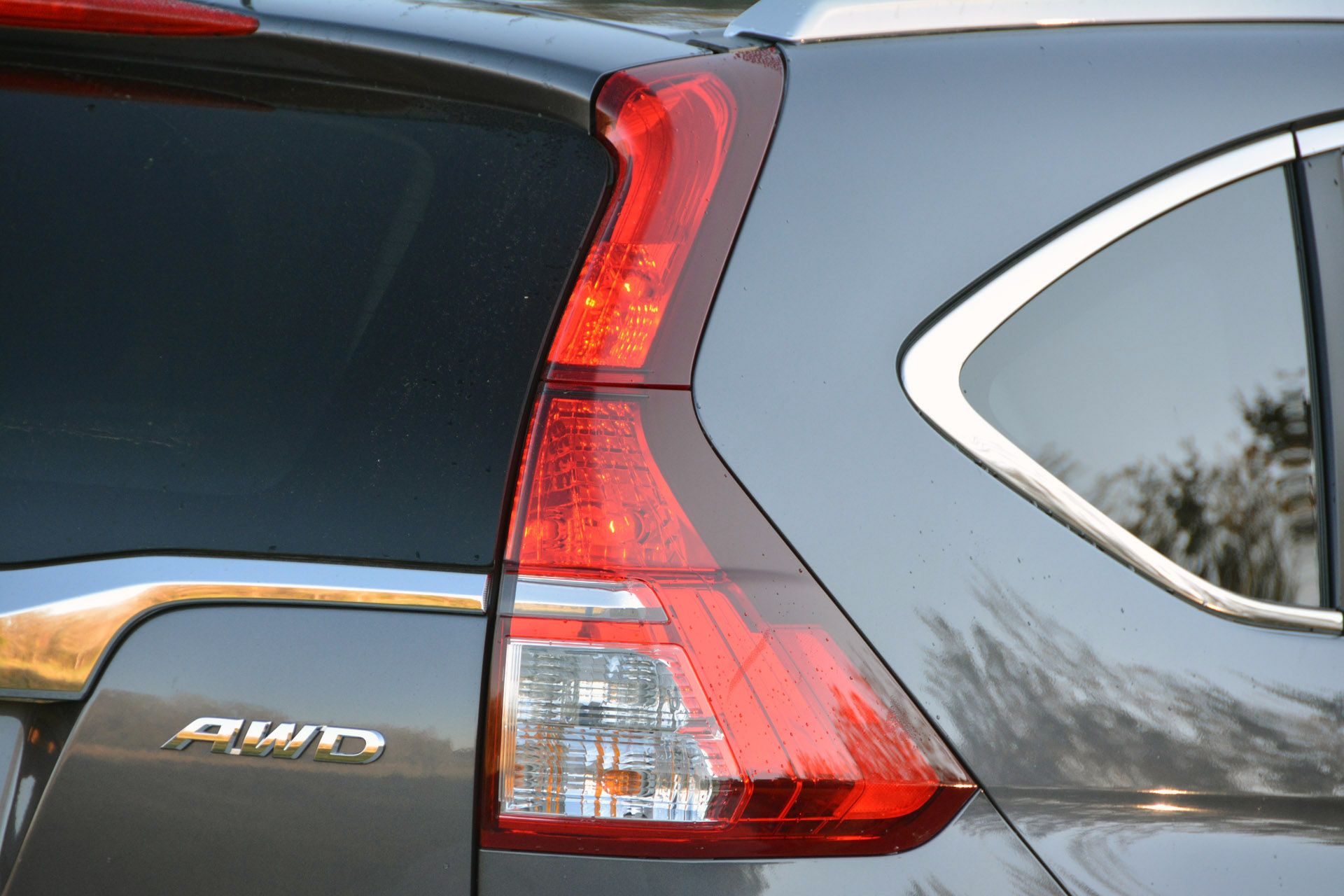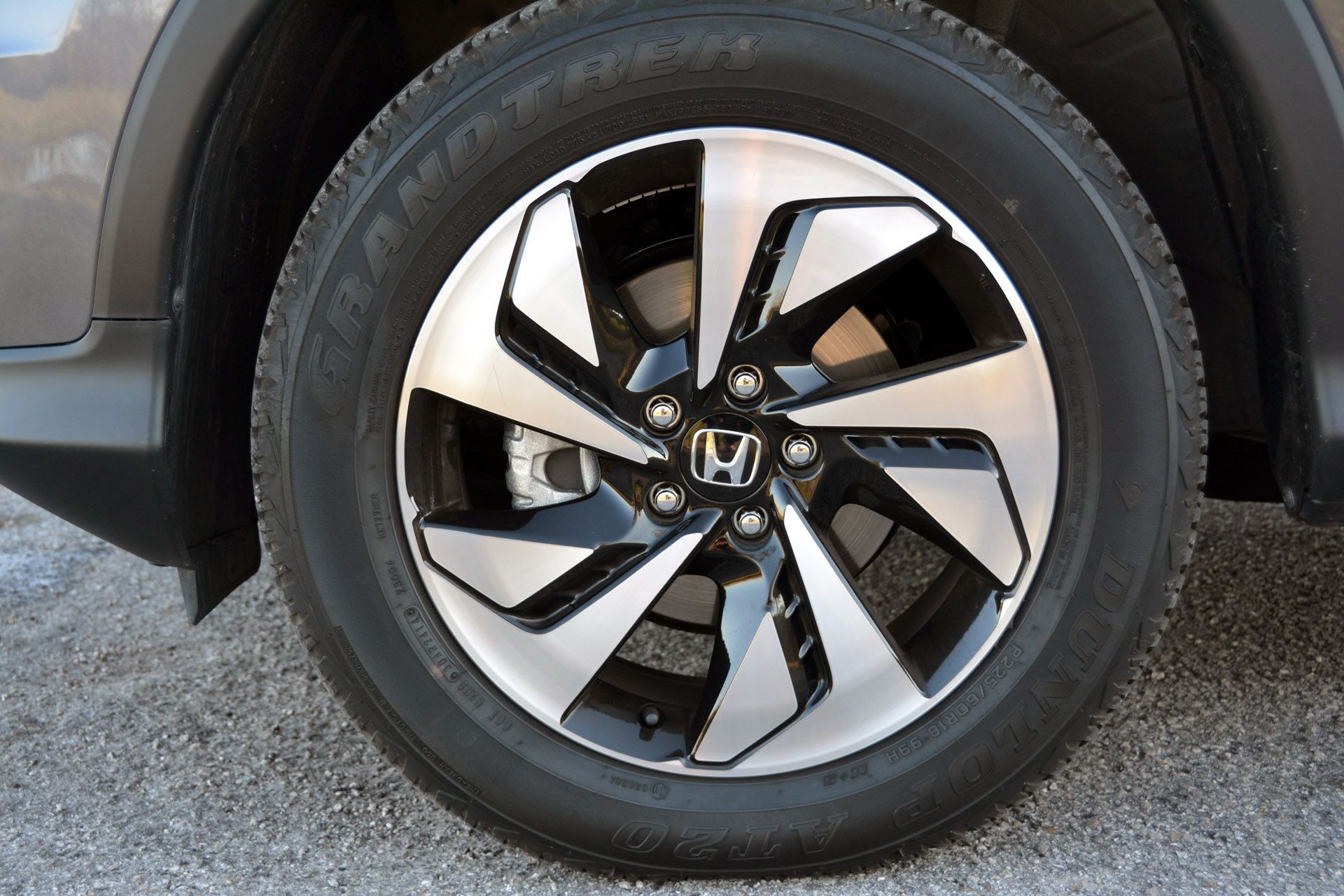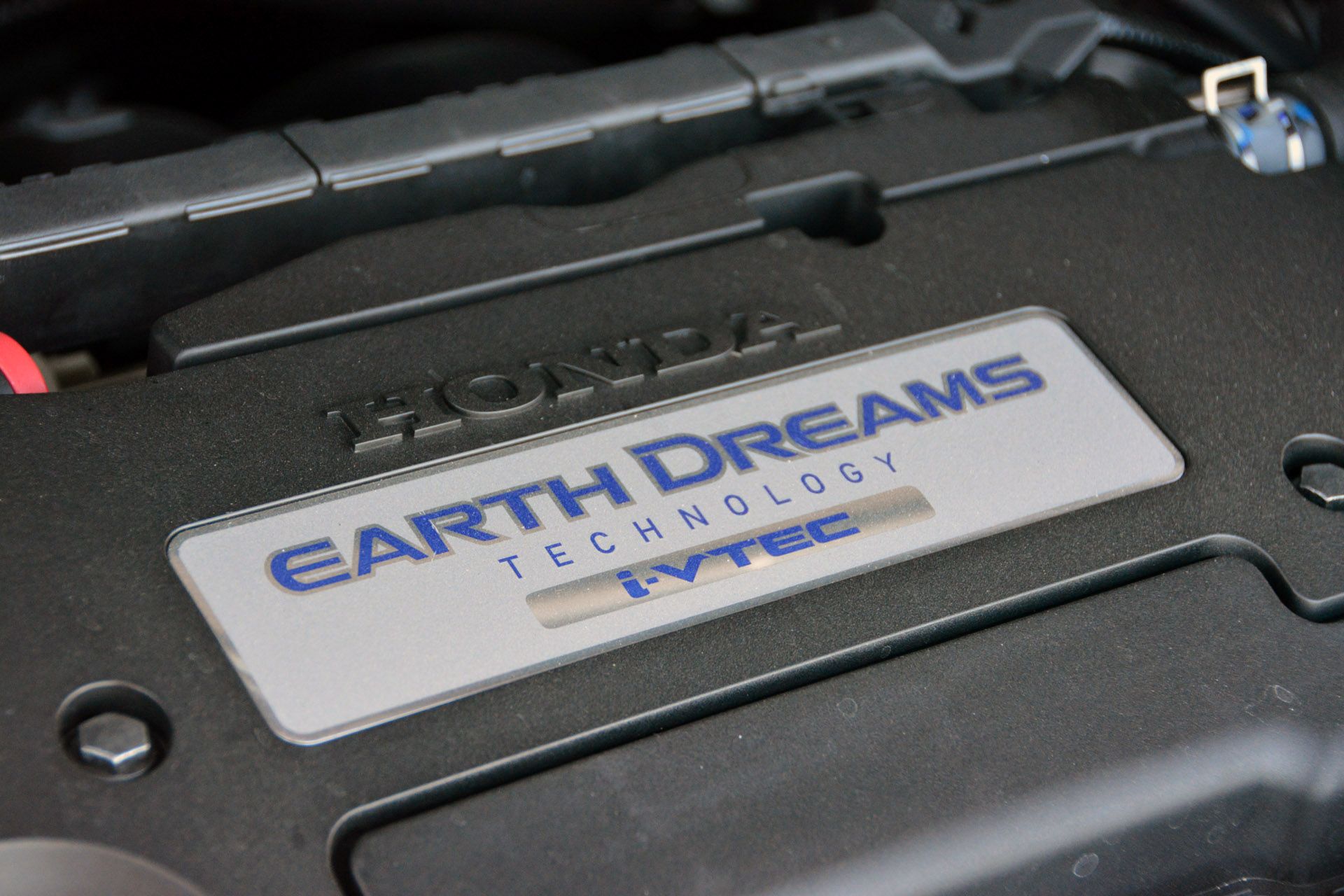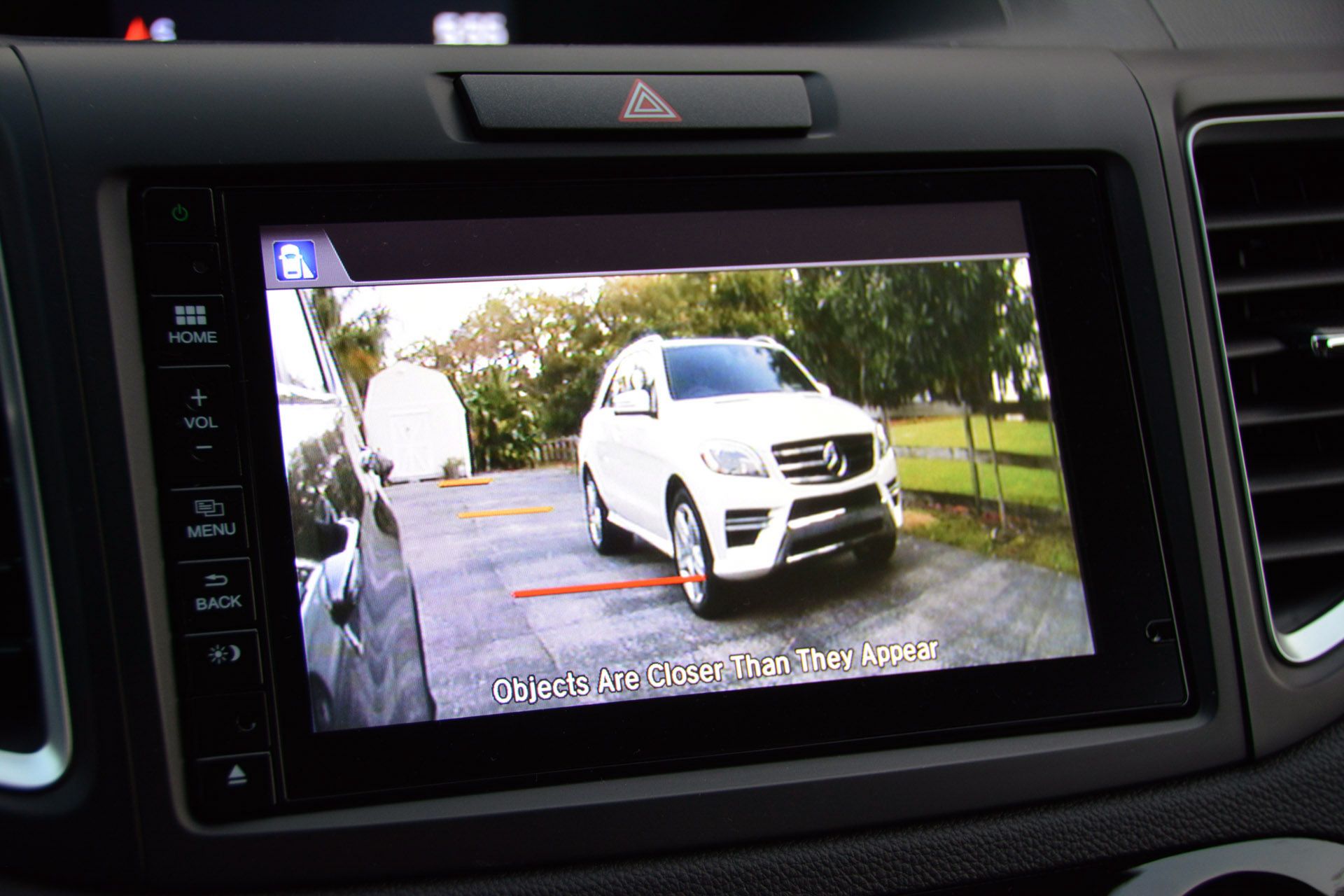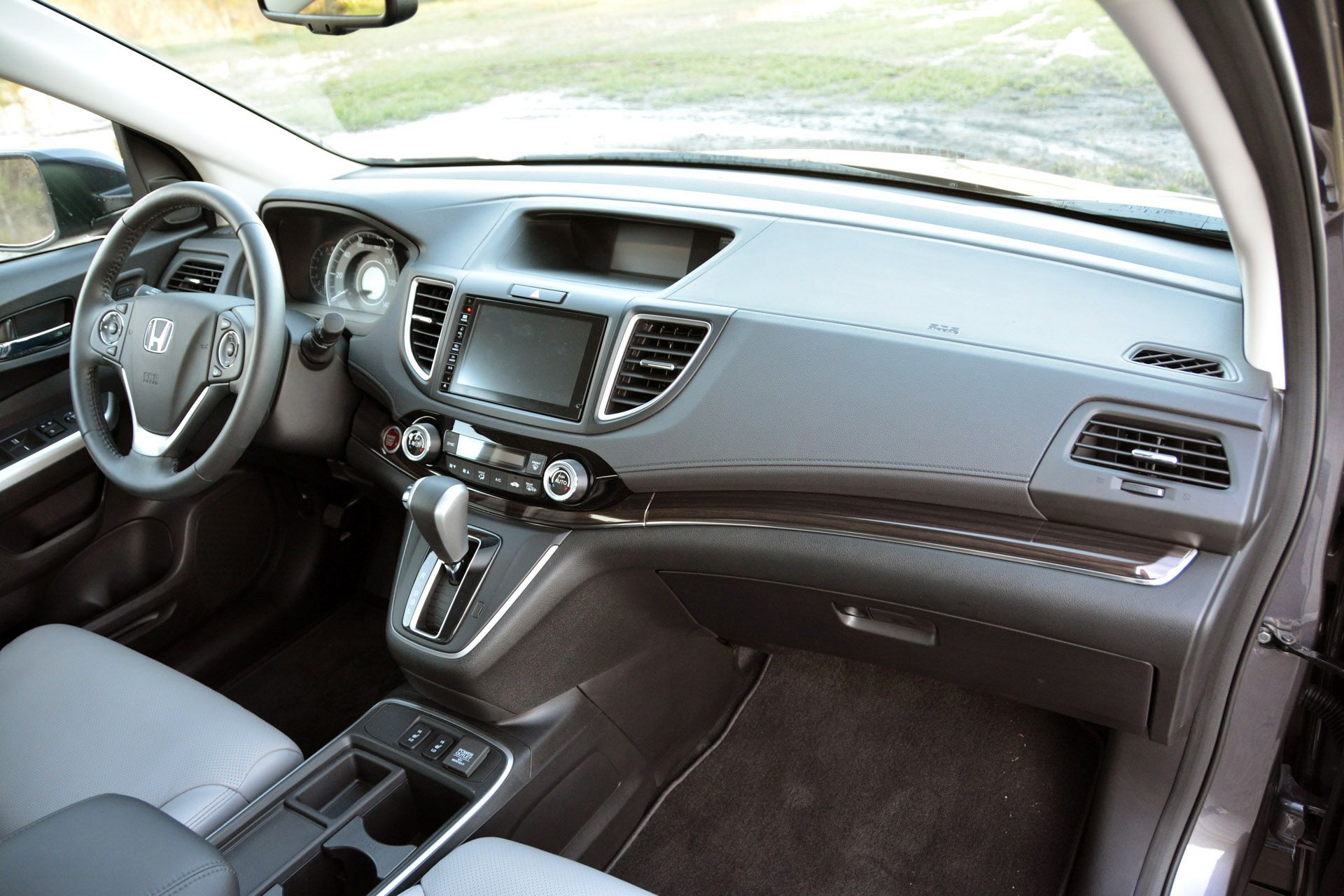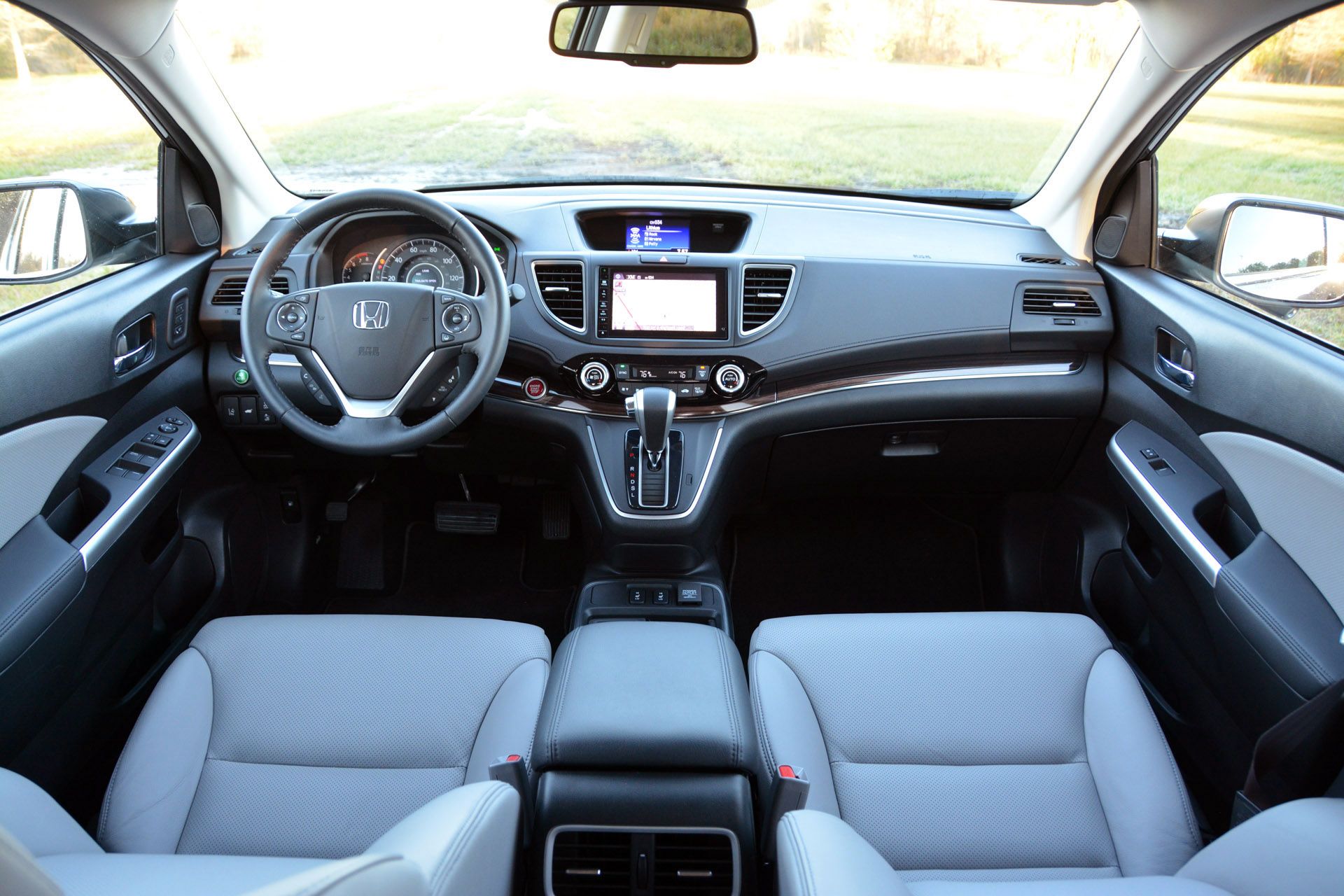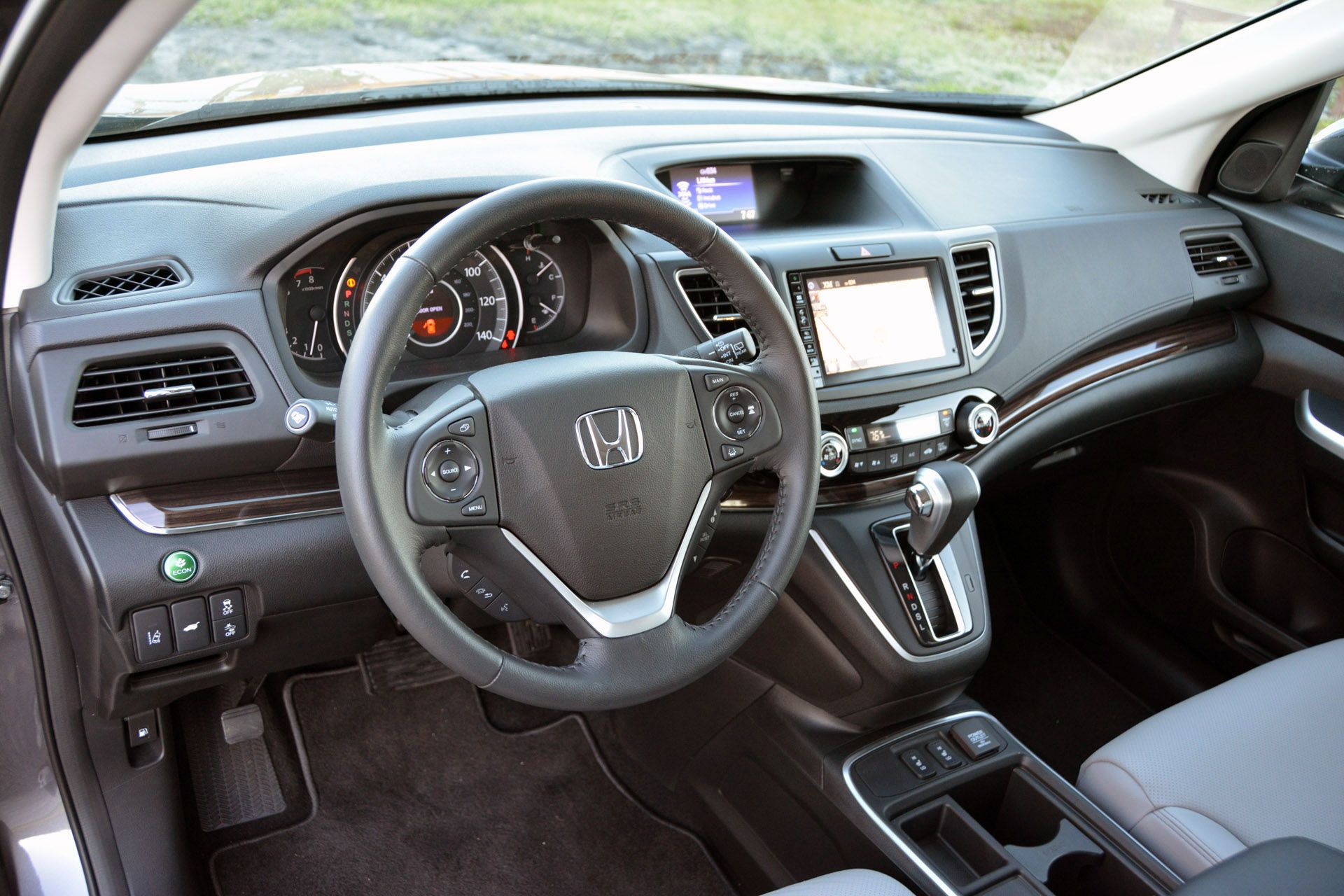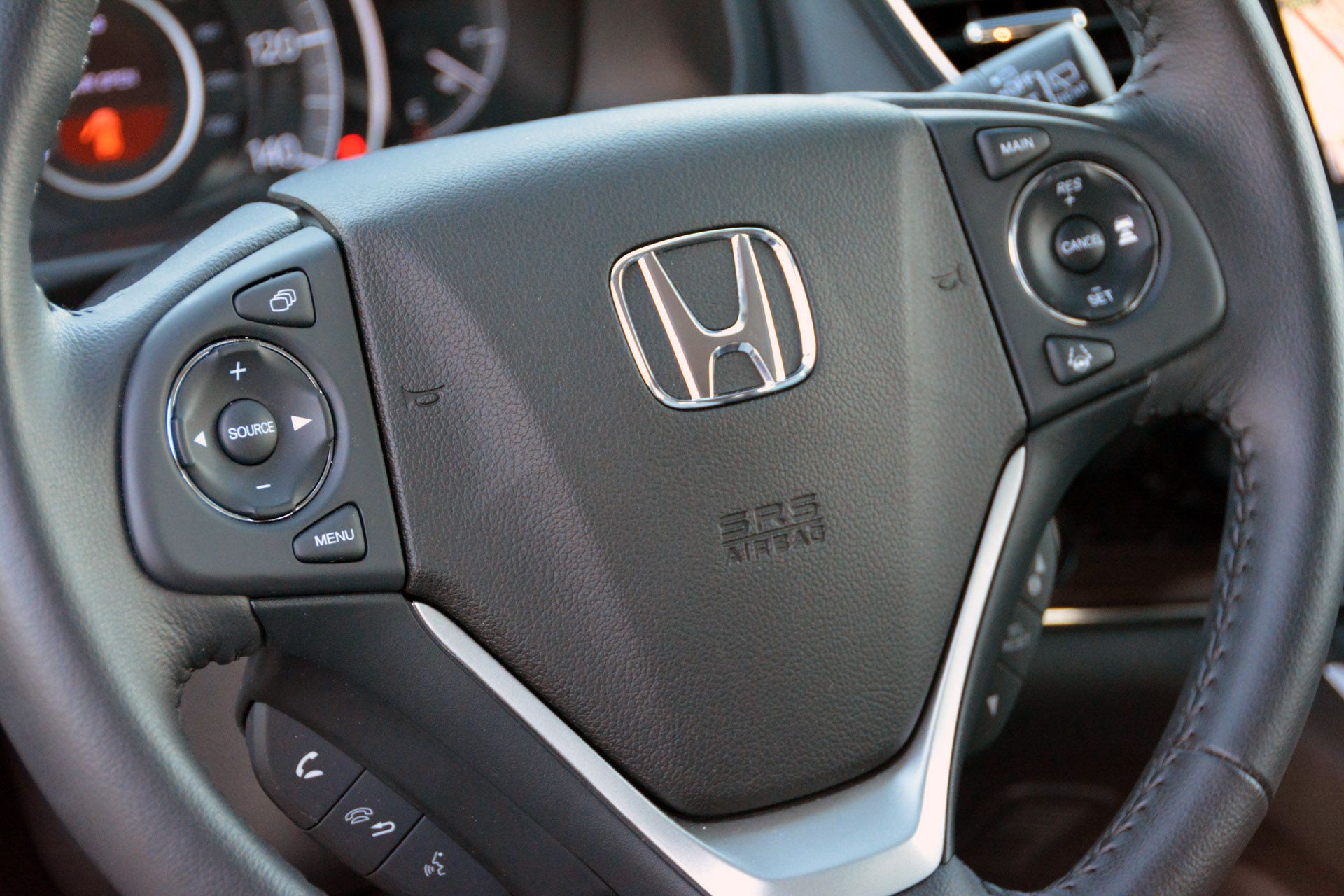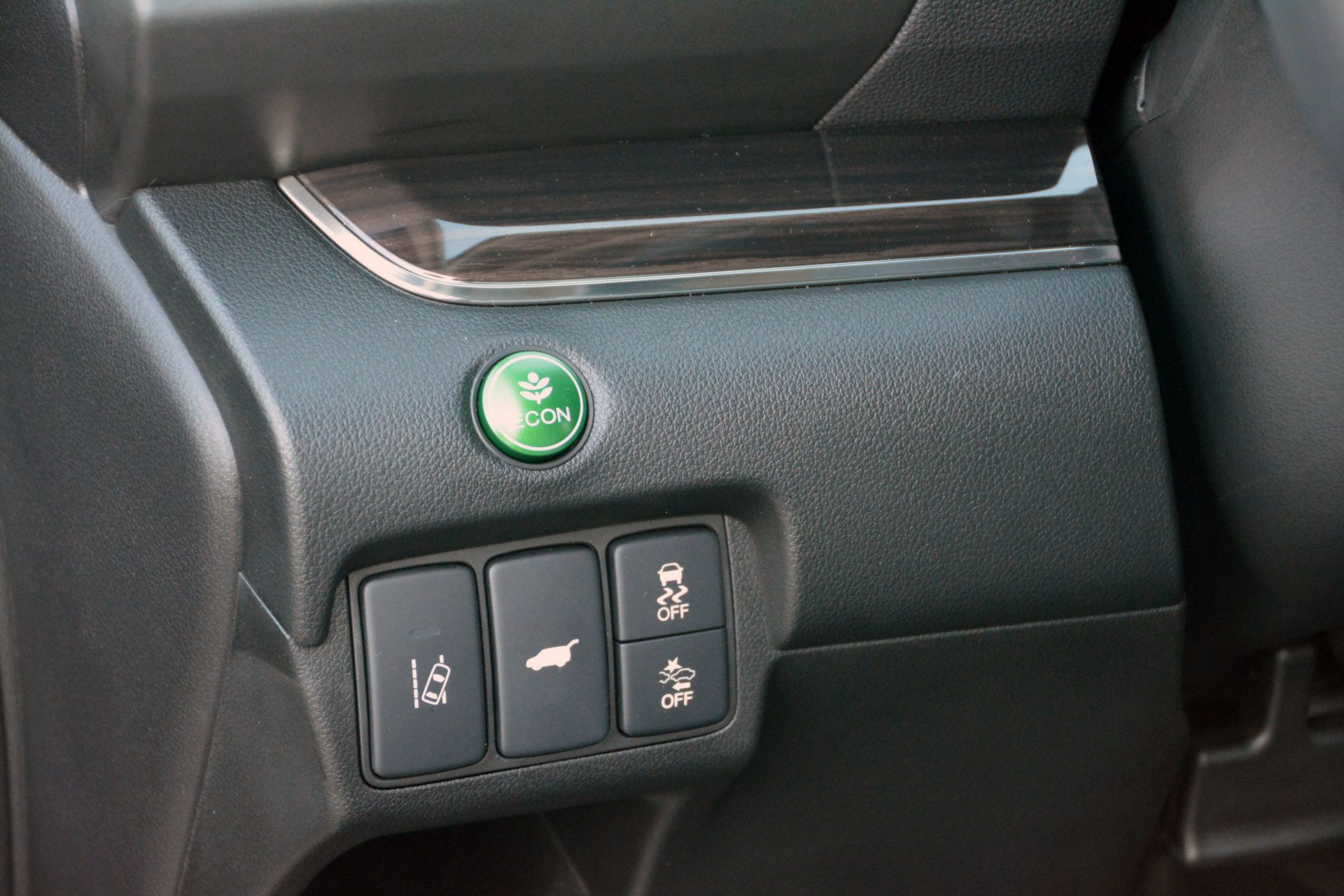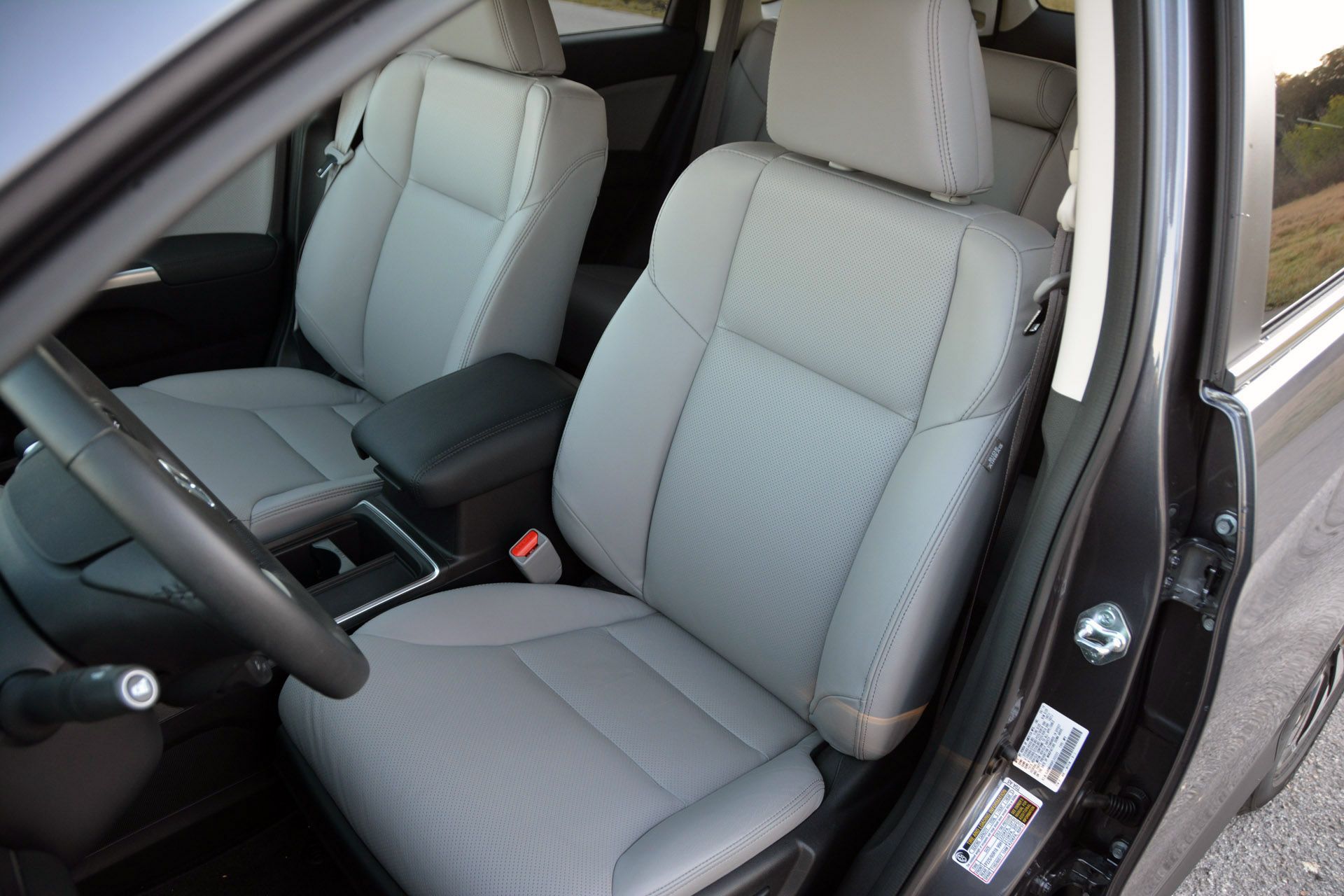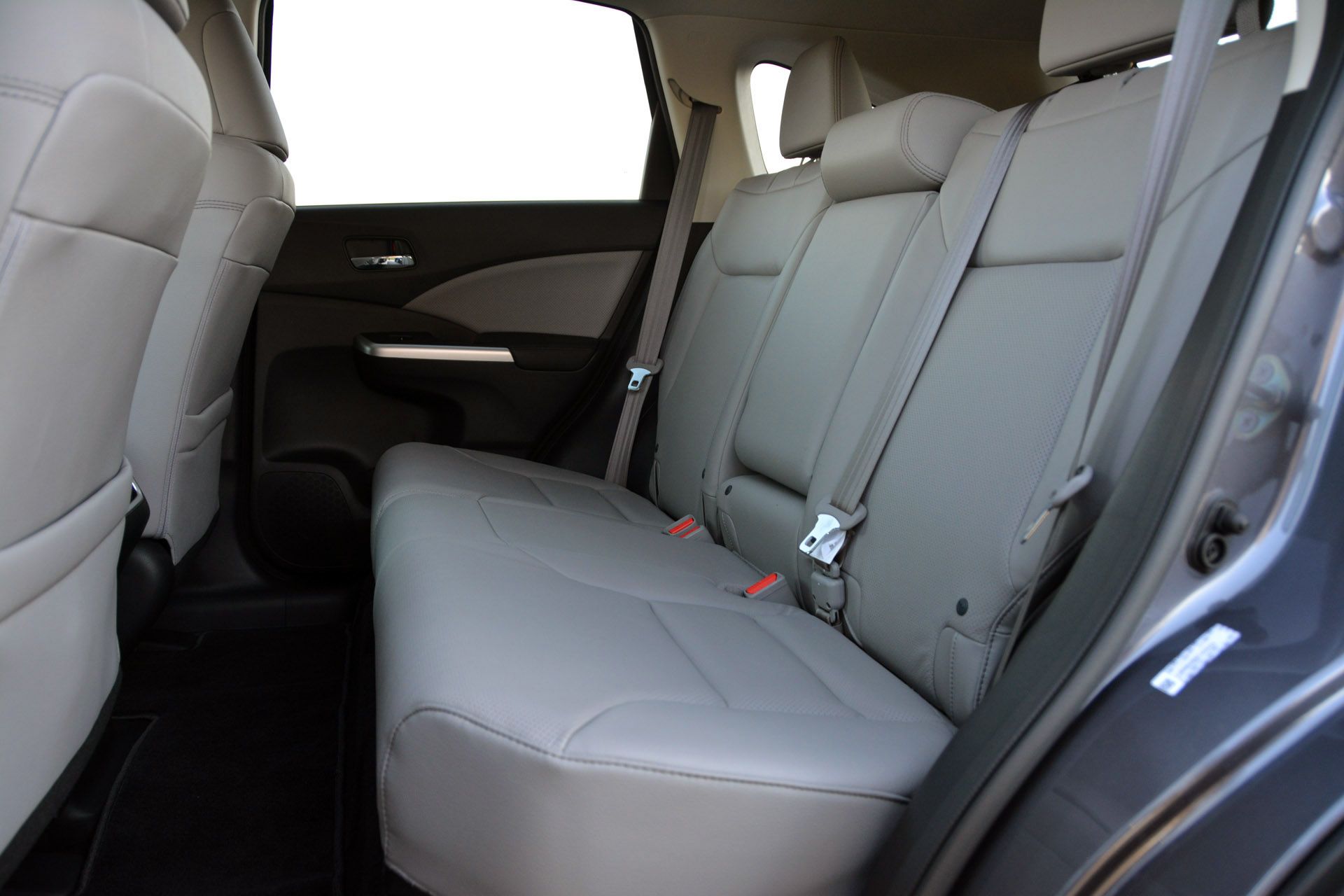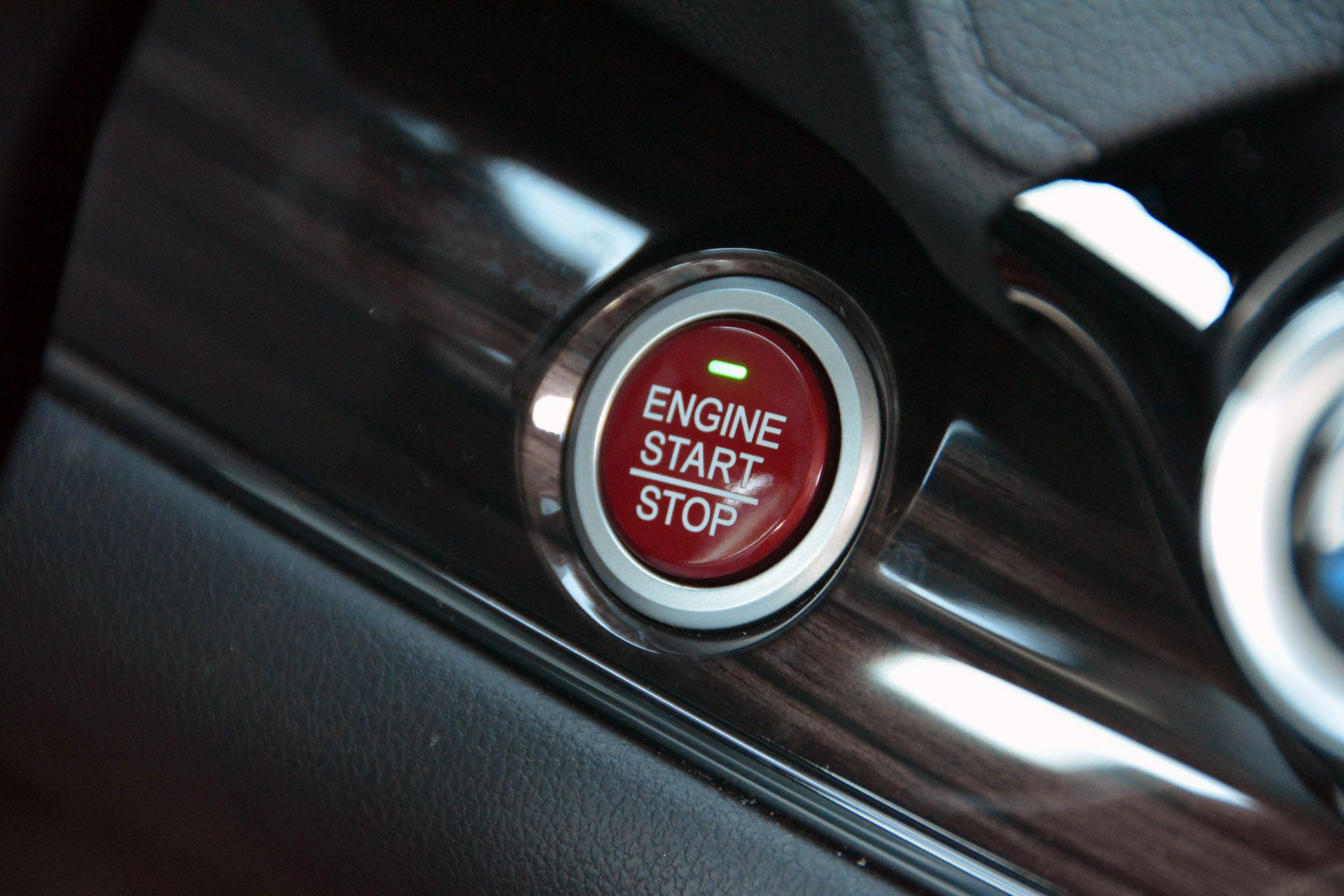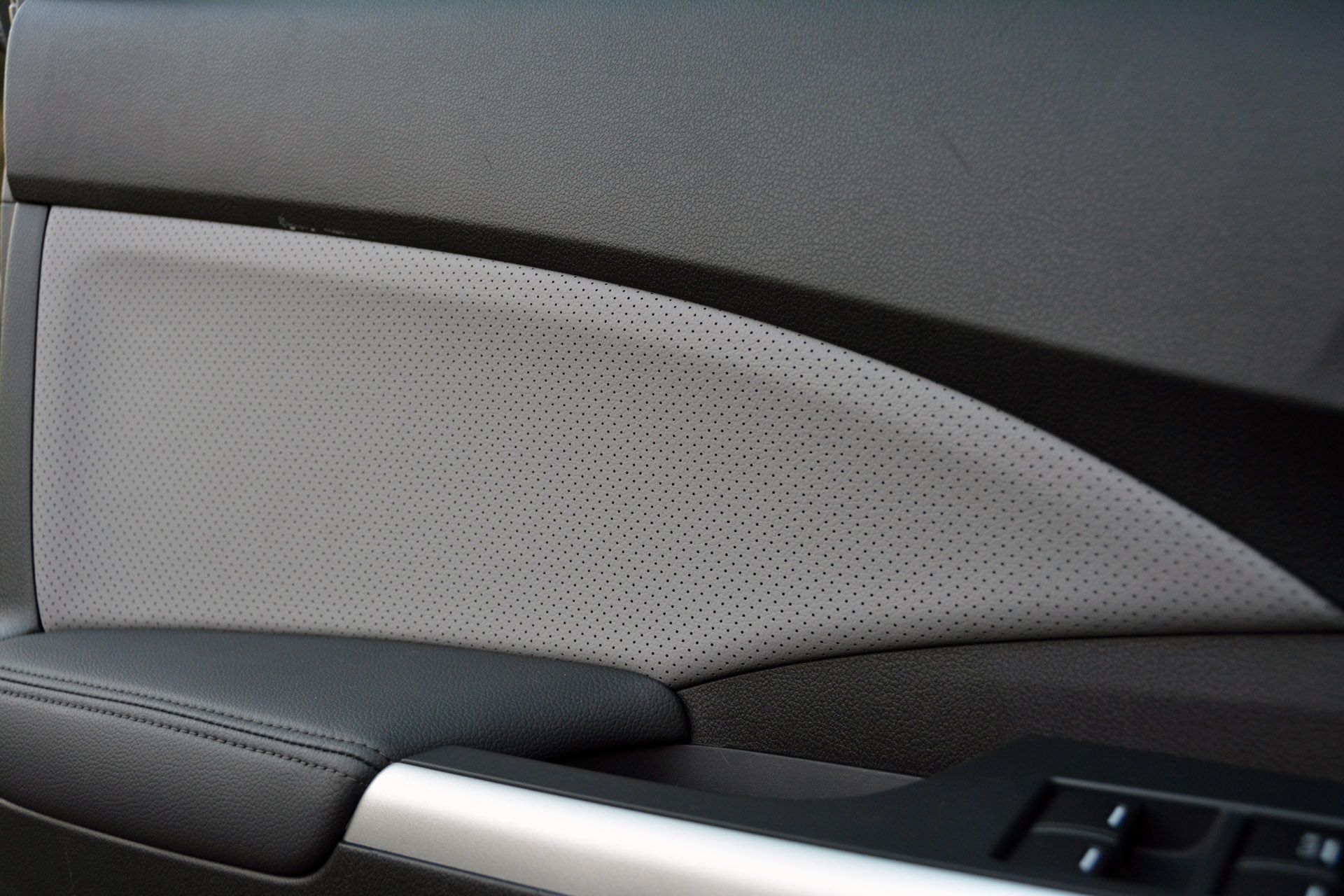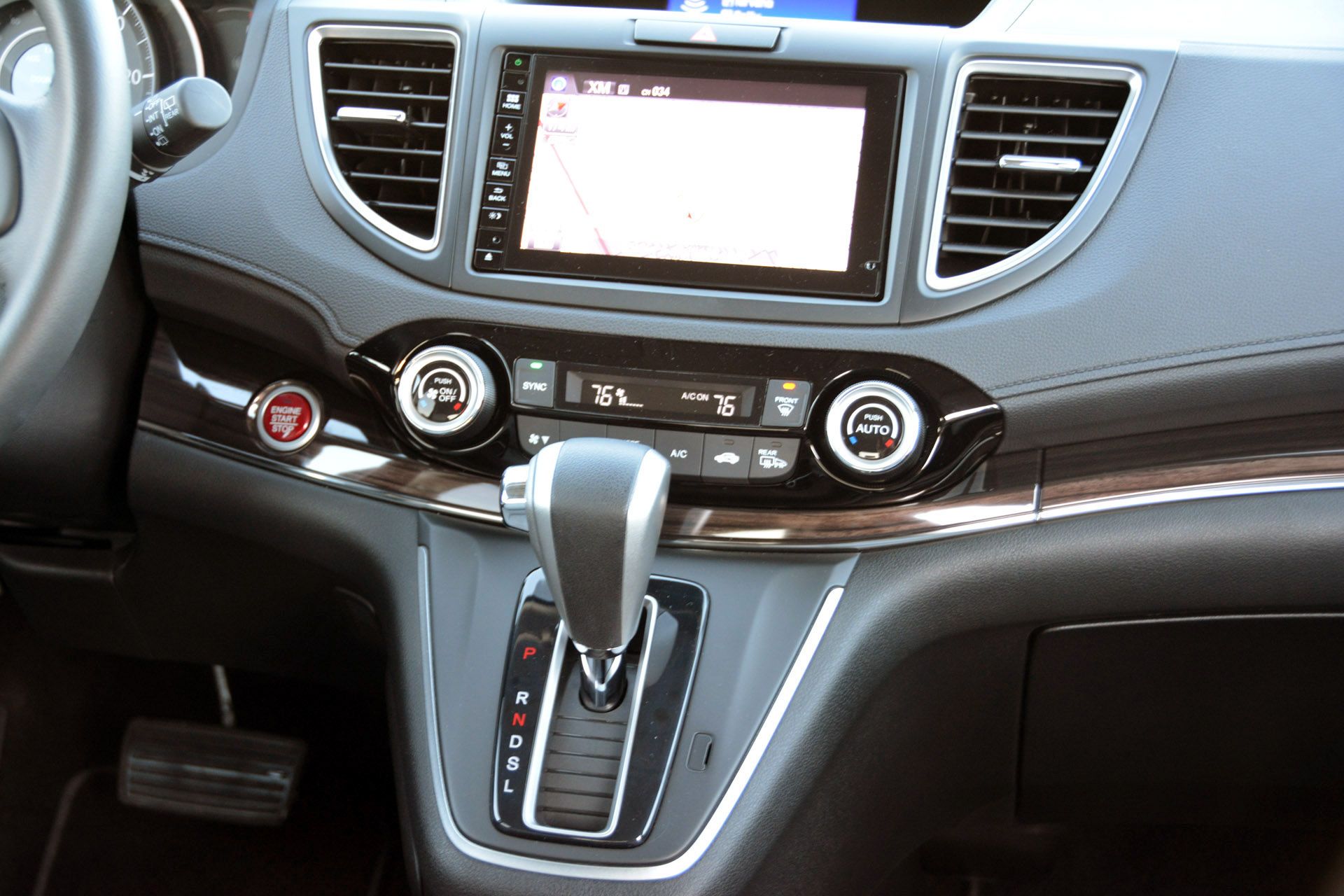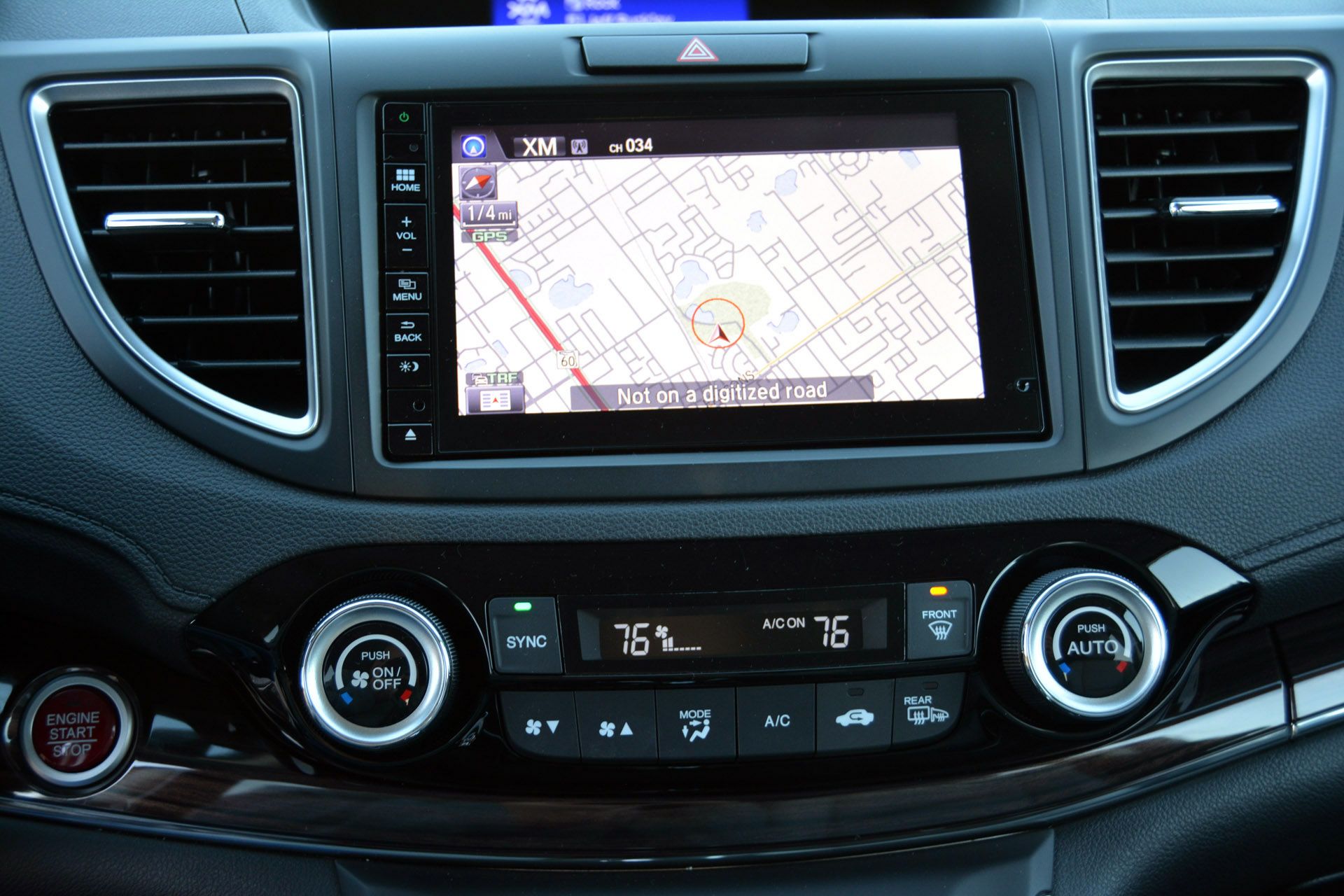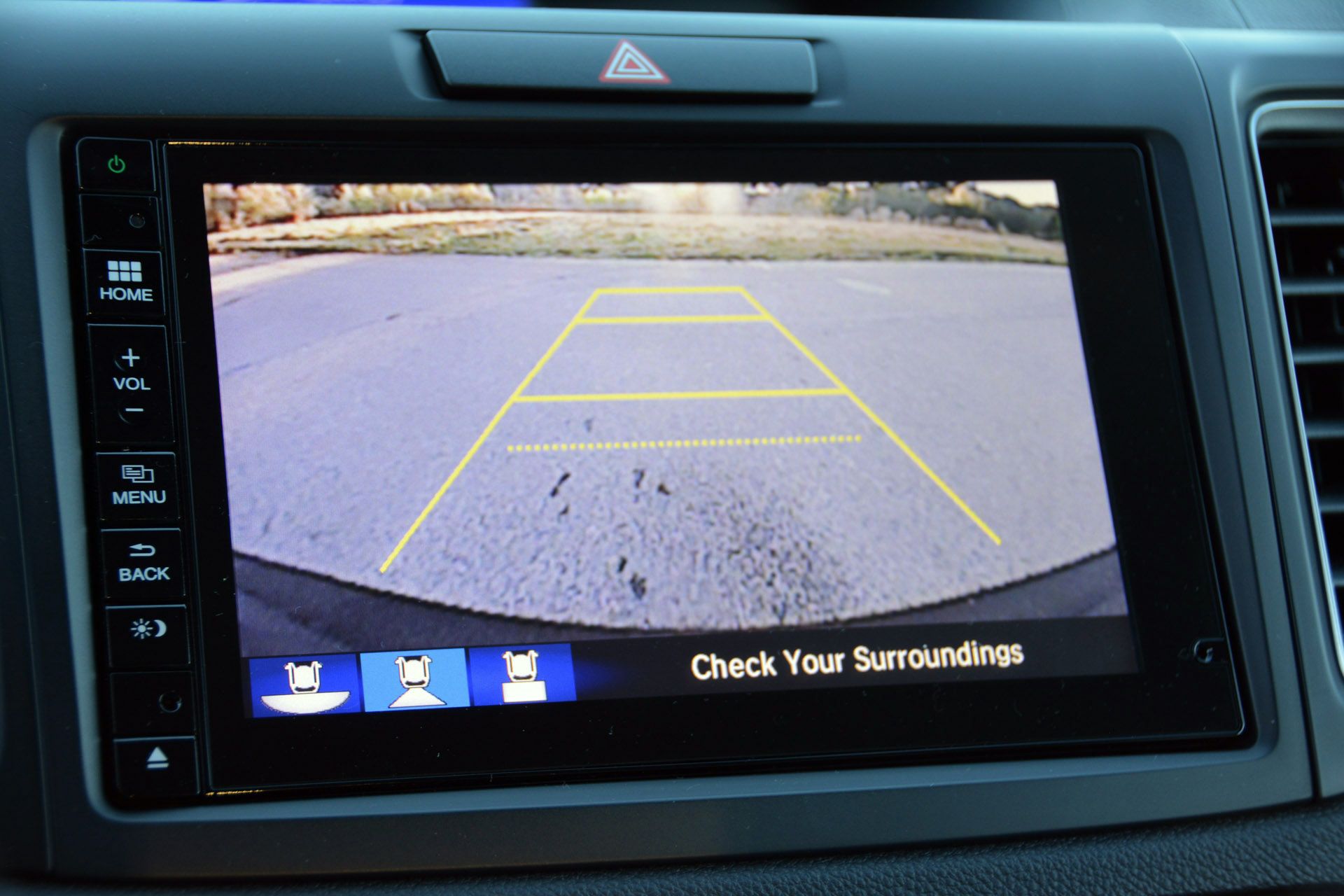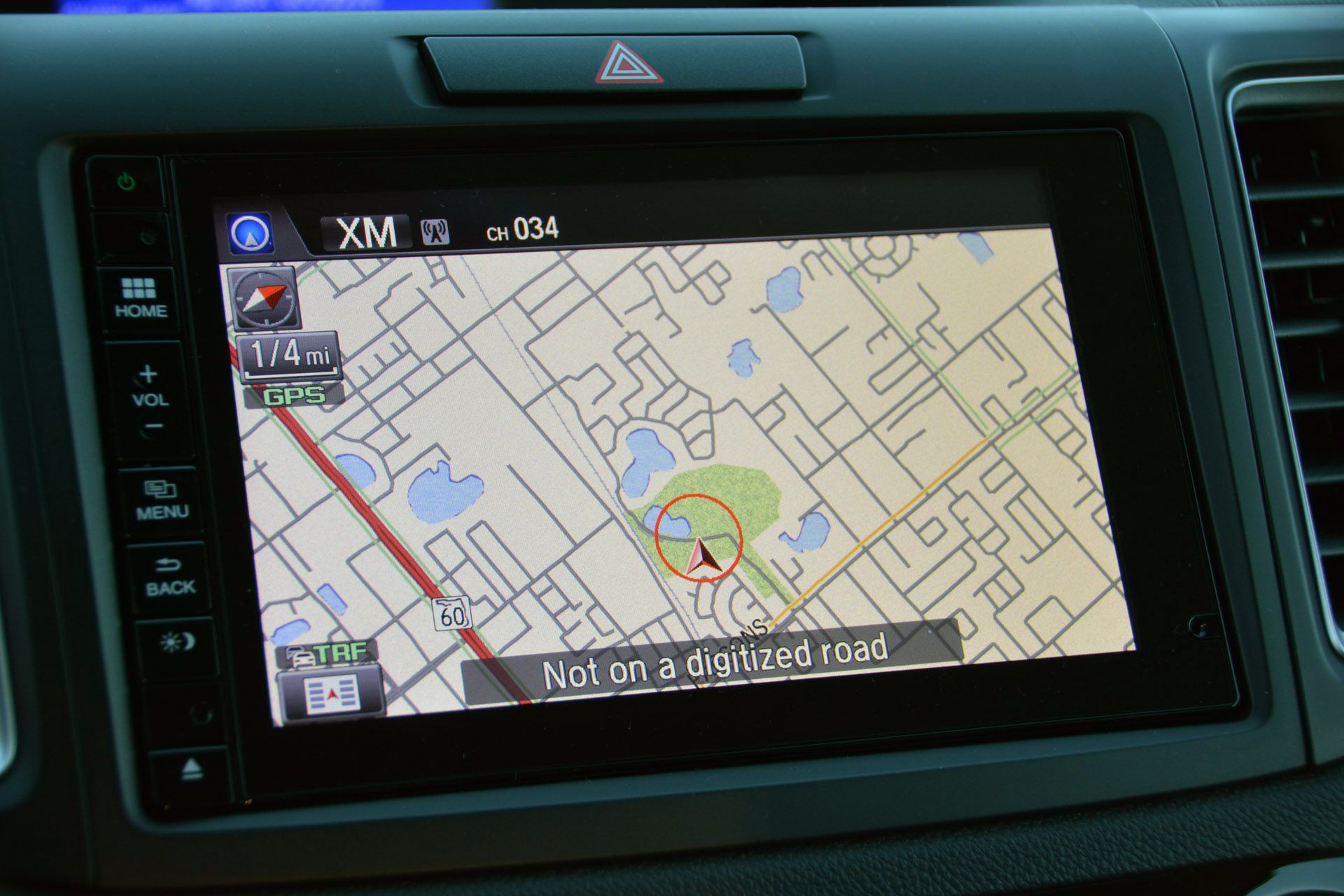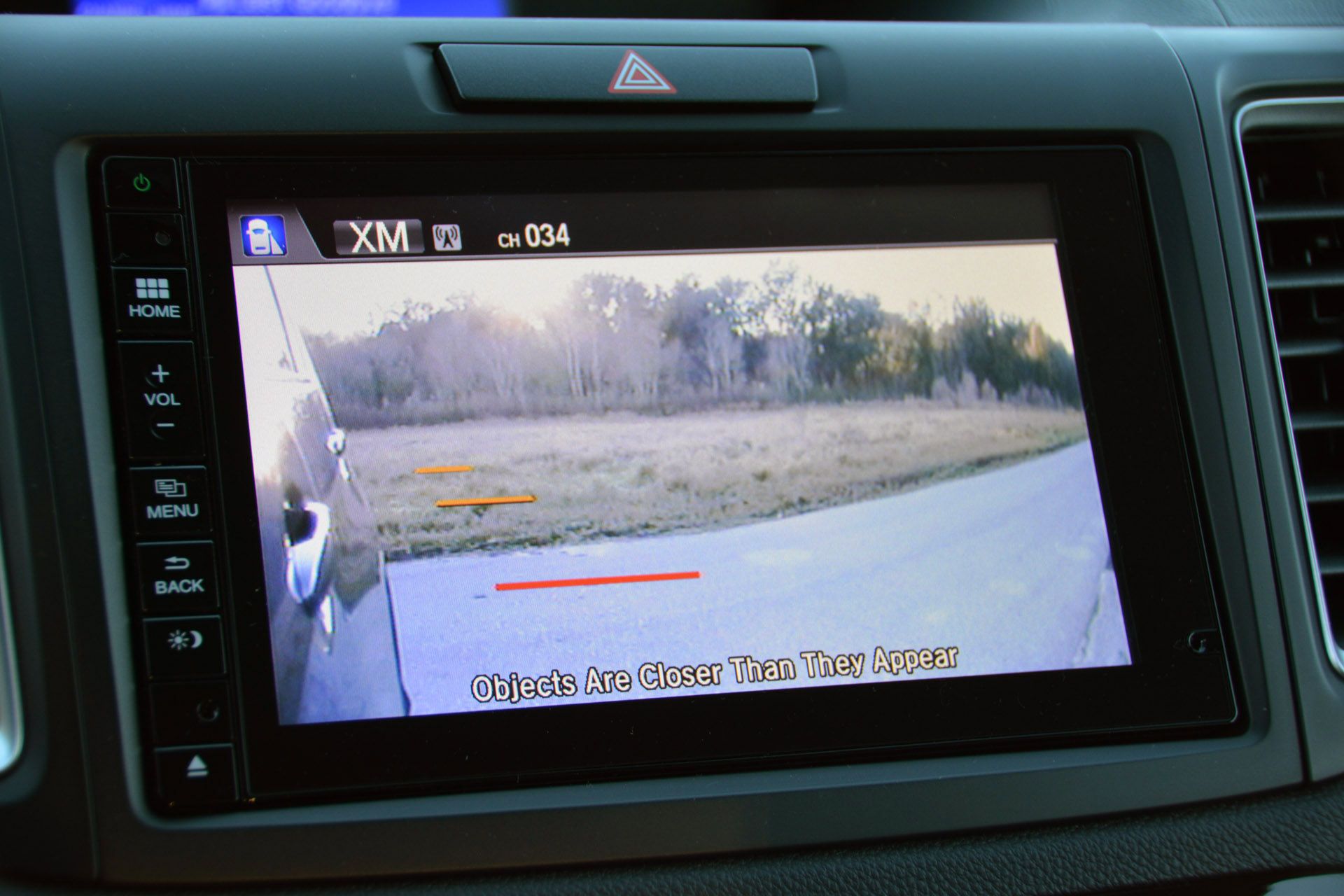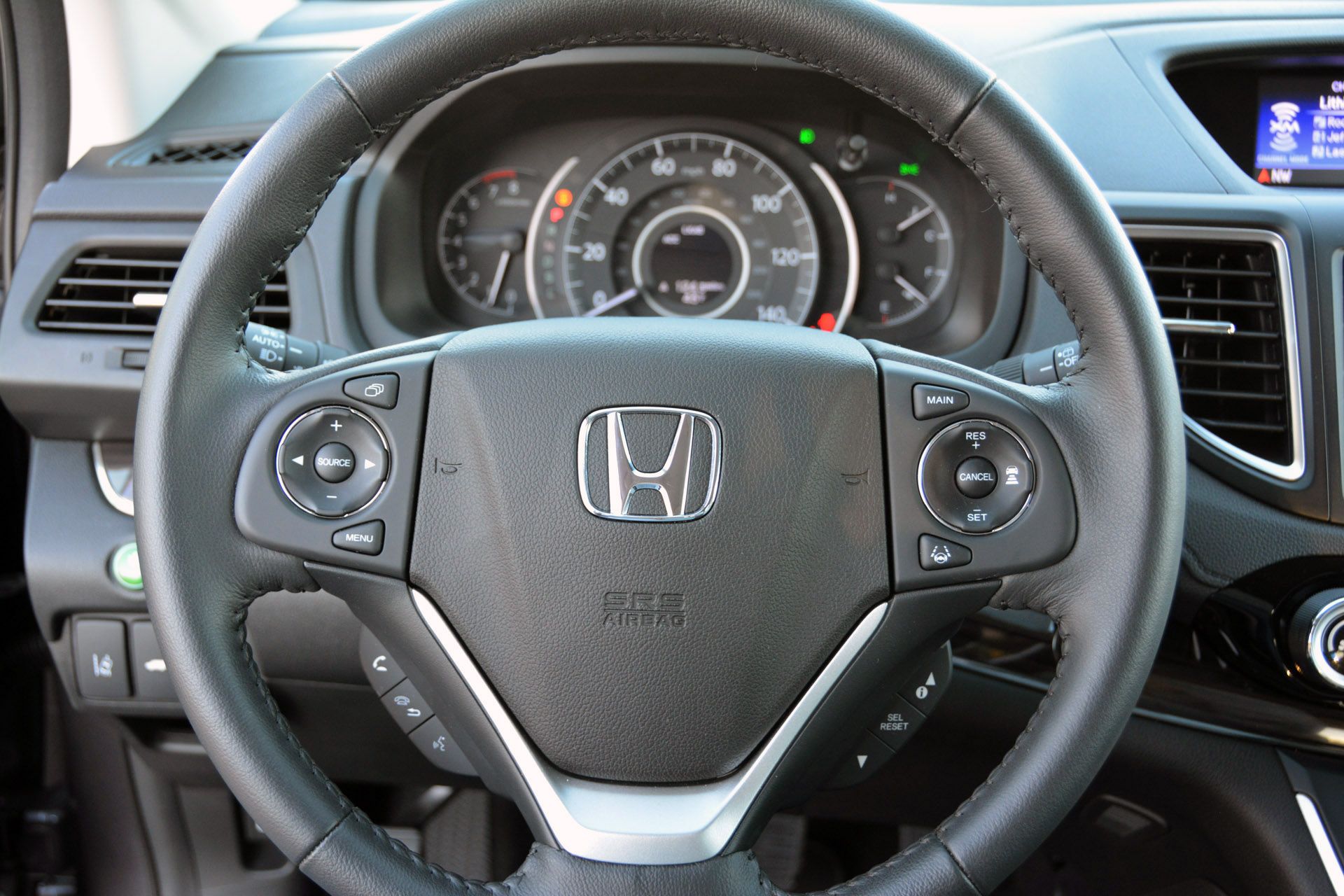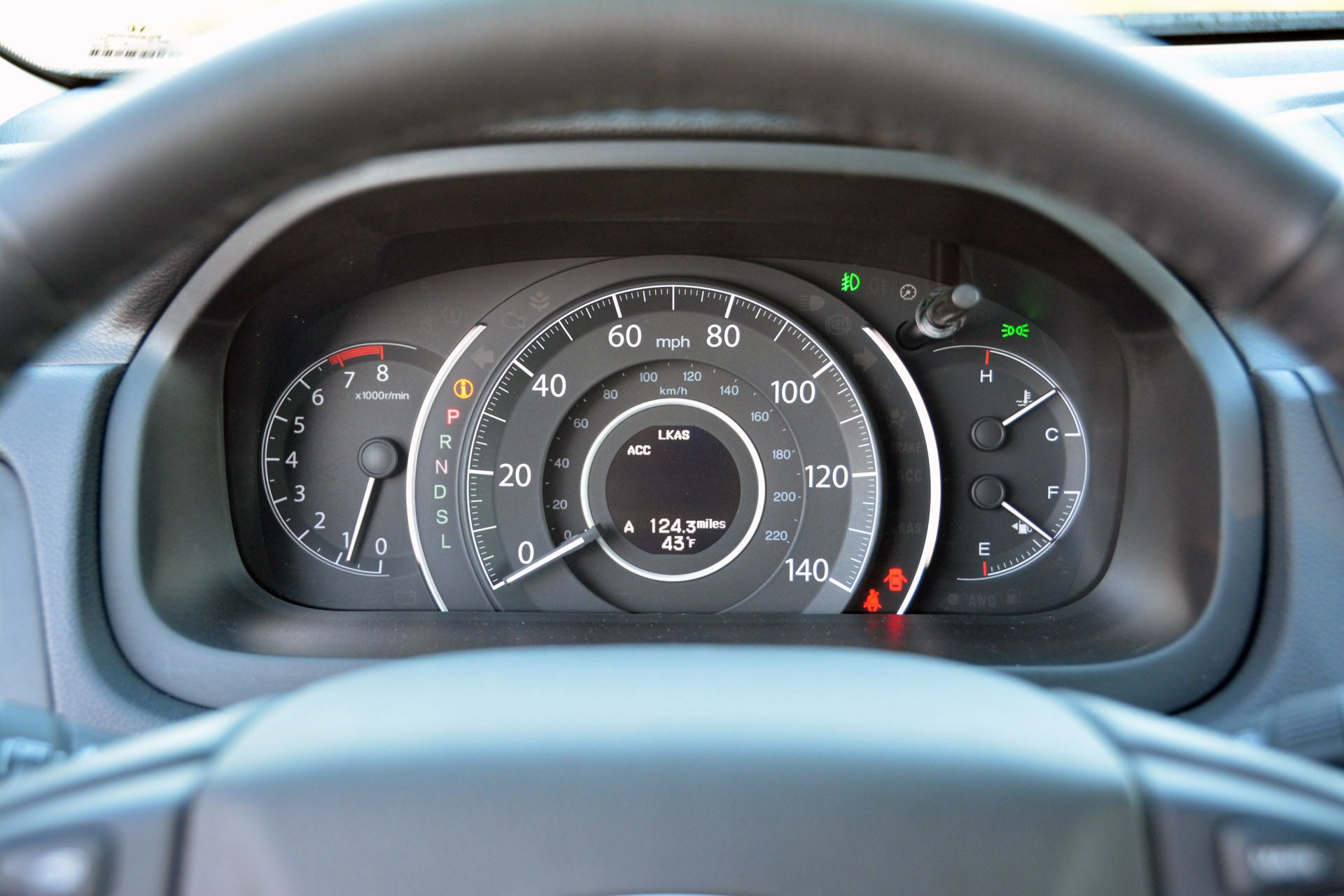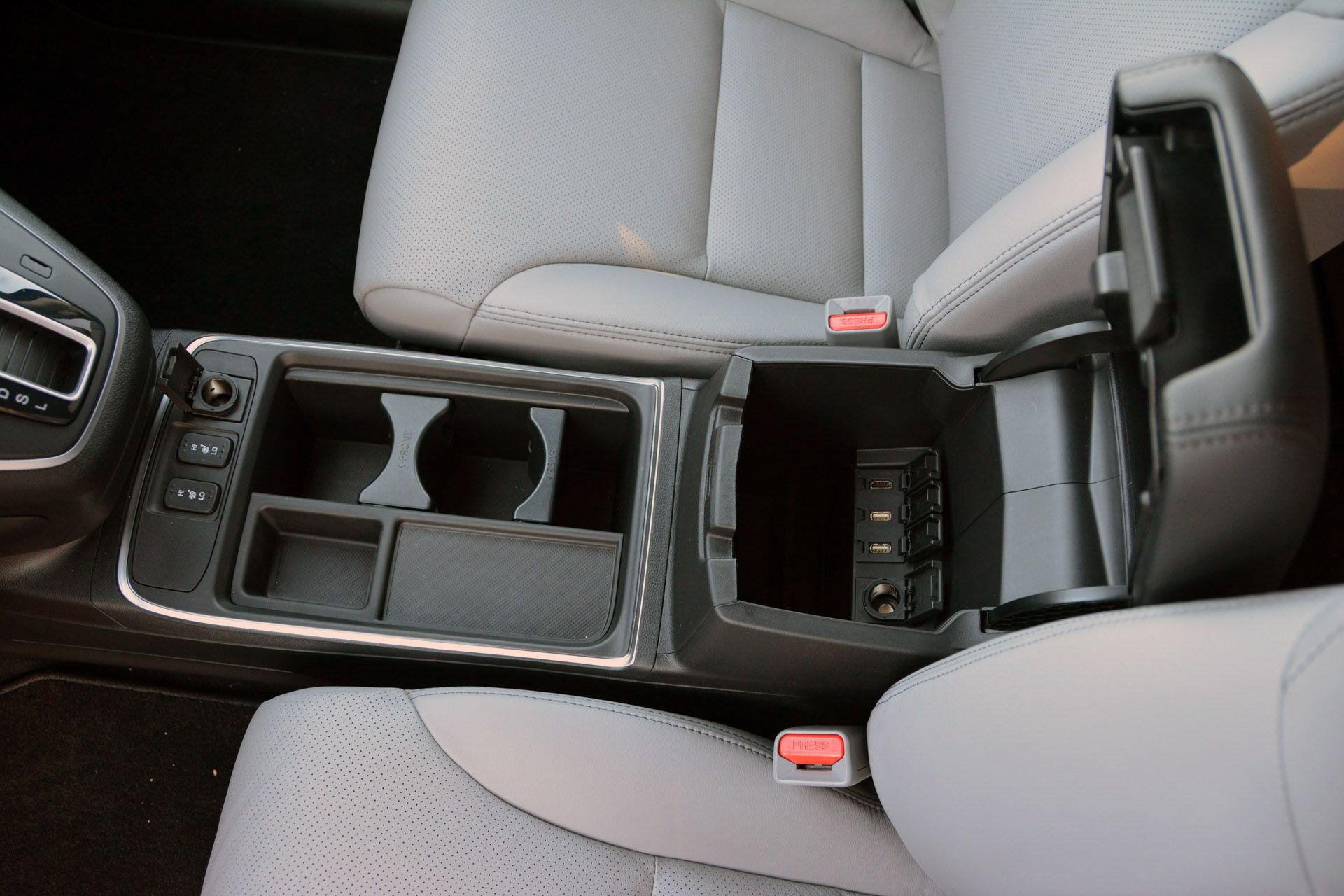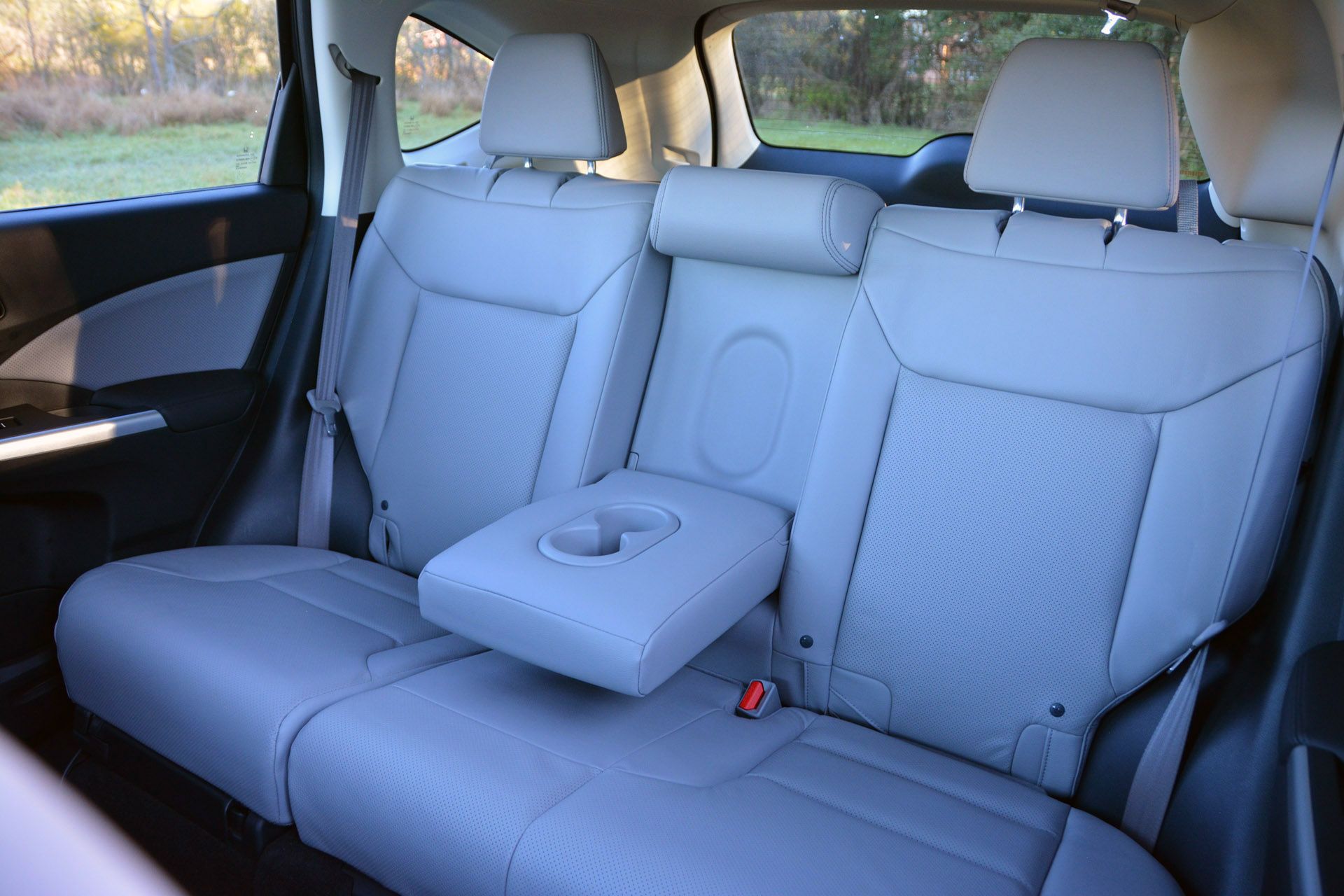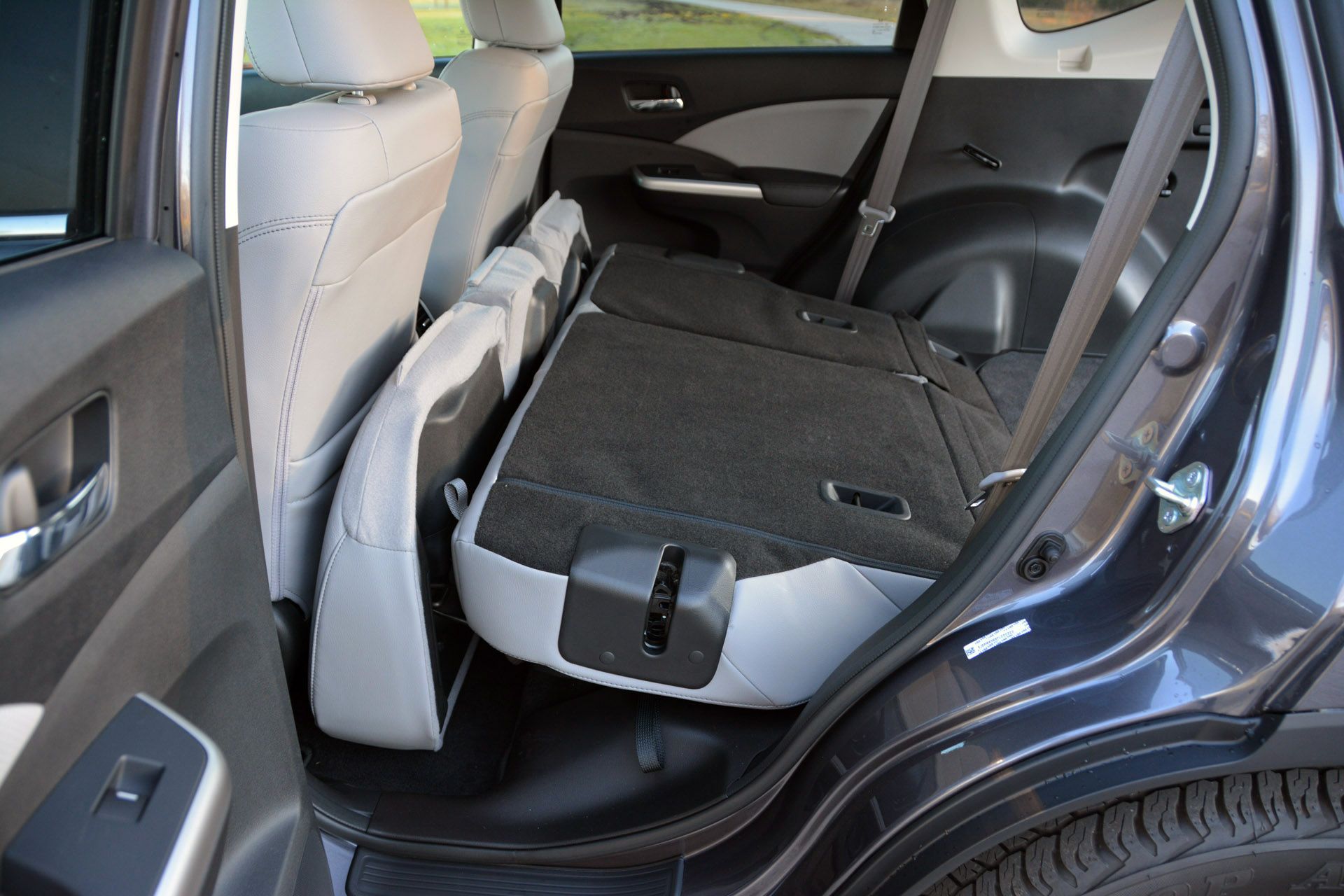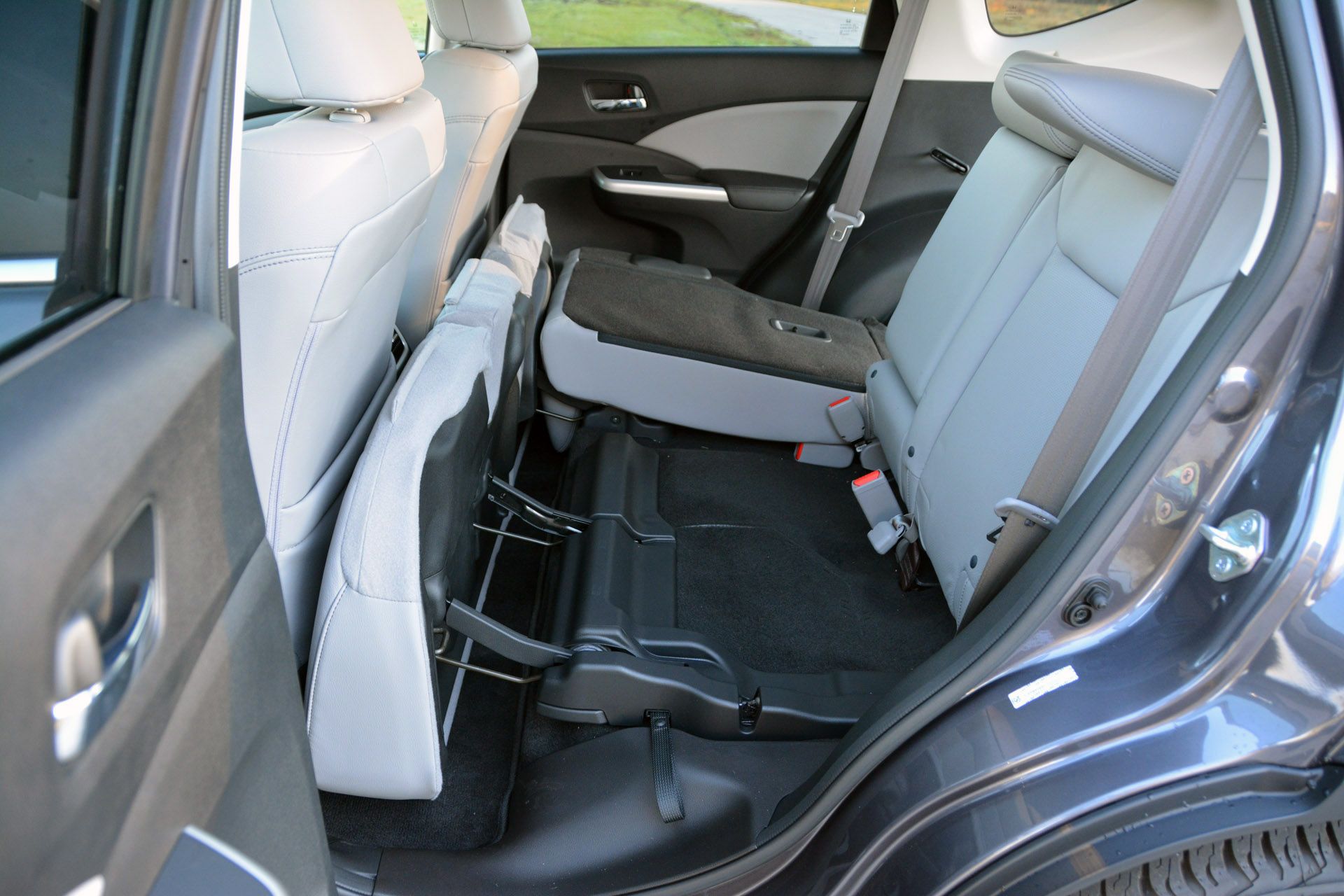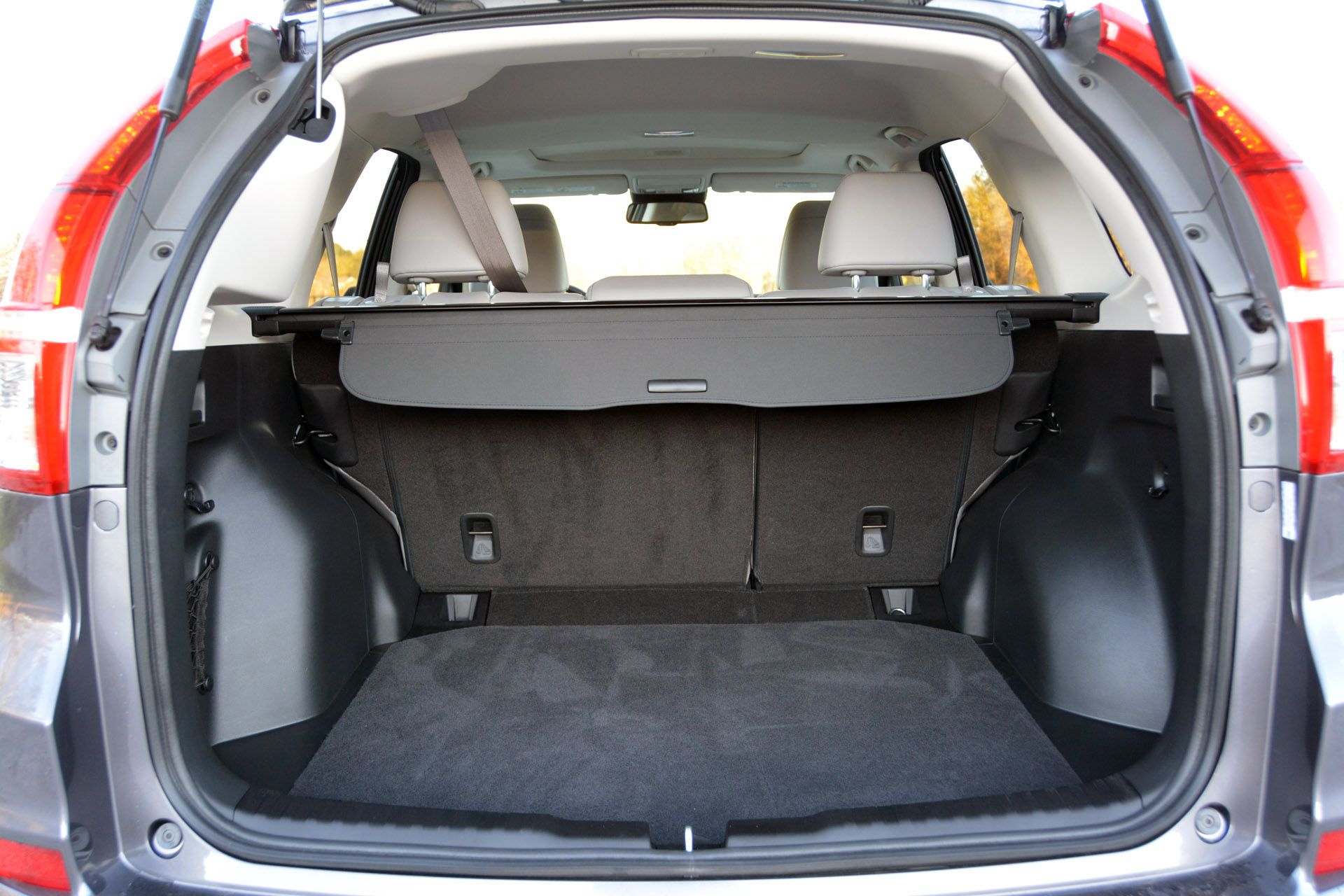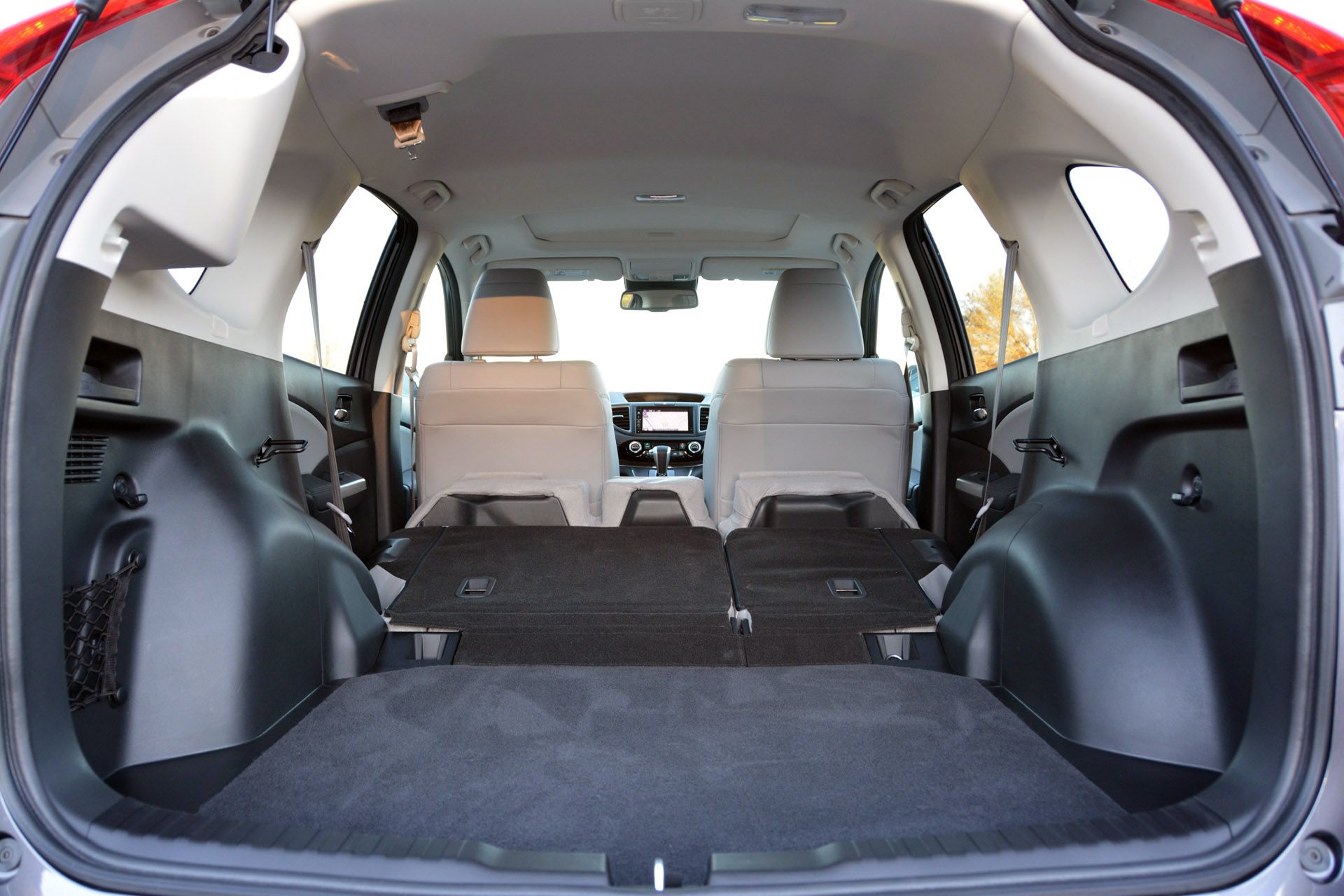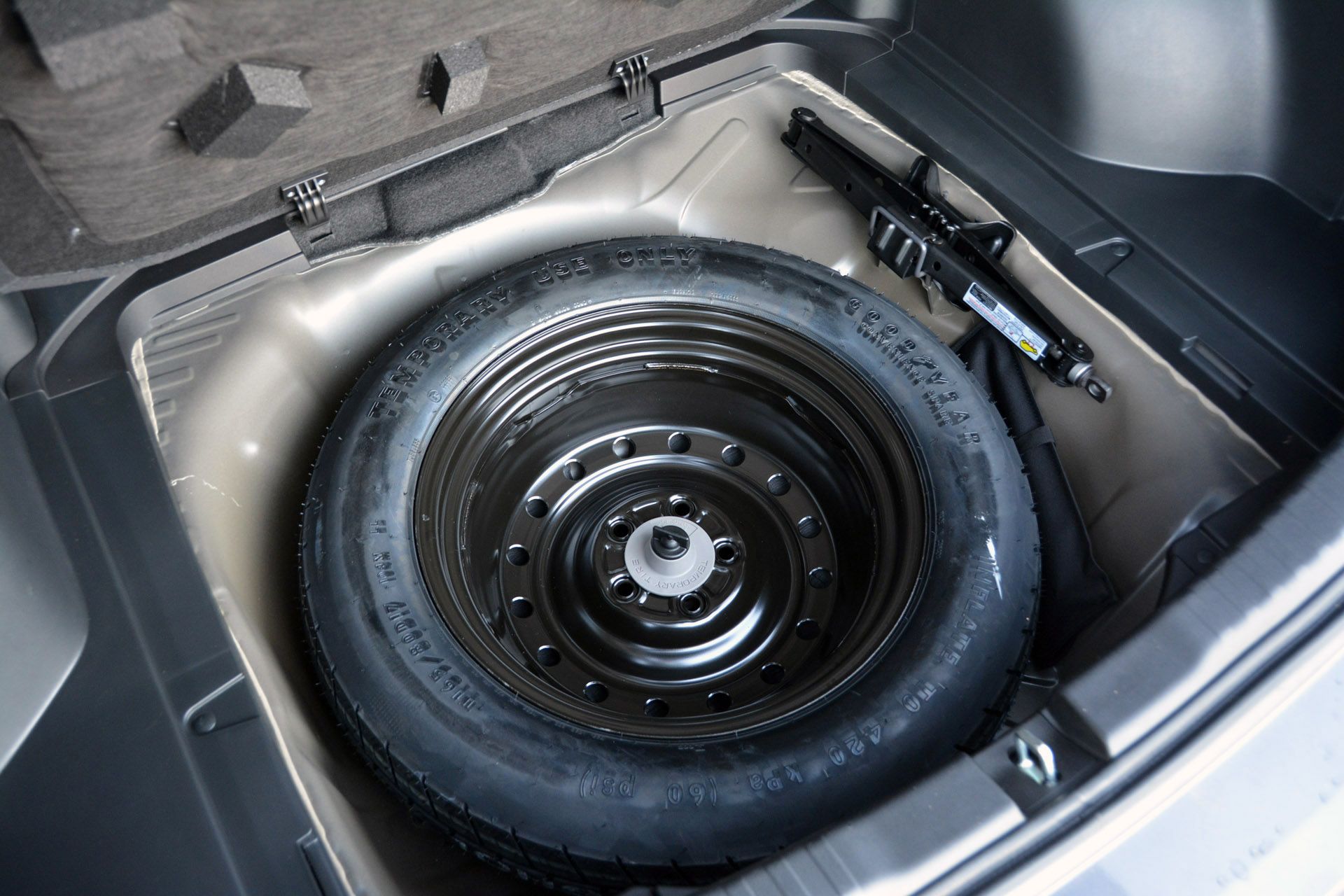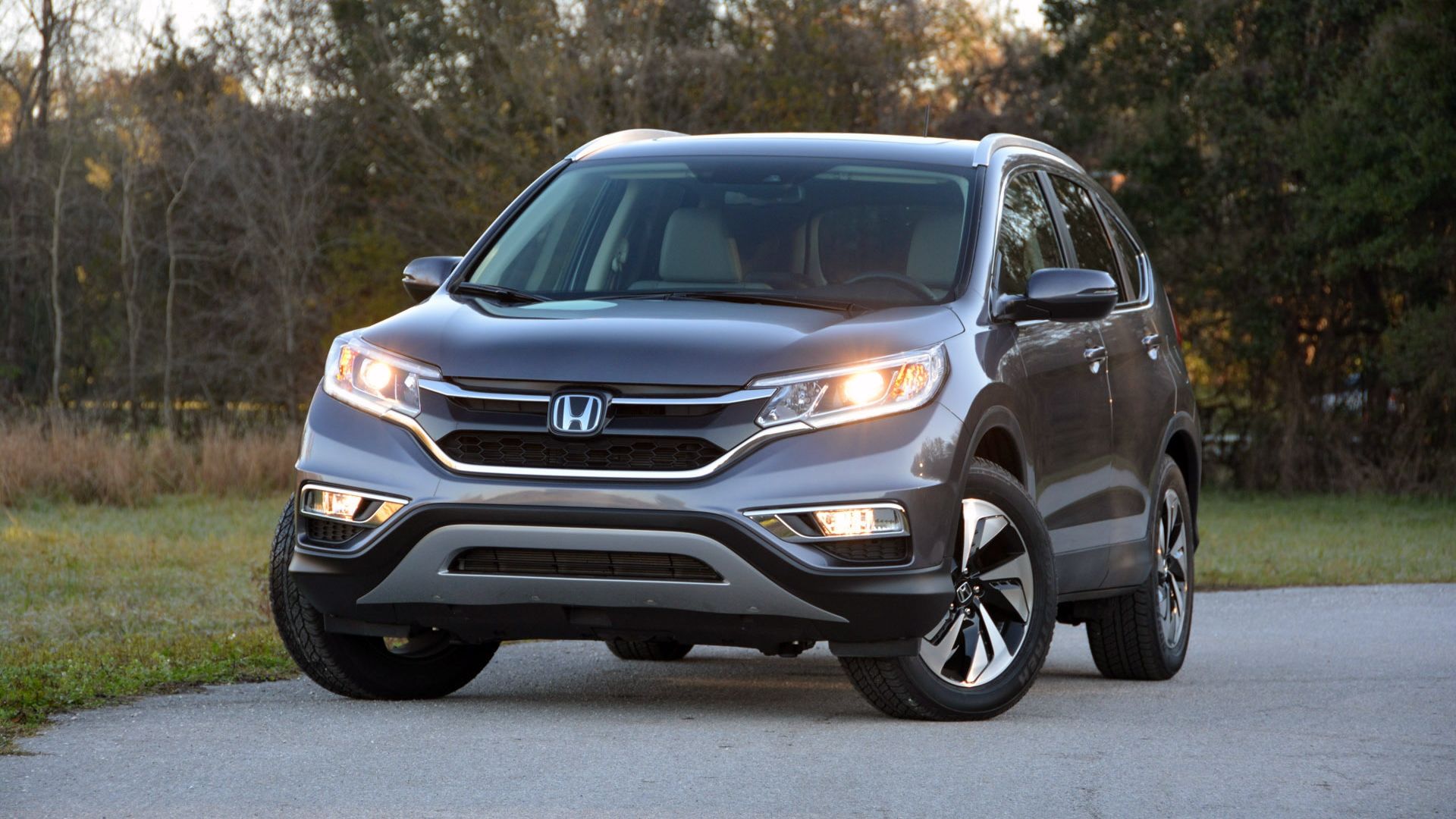The traditional American family vehicle has changed a lot over the years. Just as minivans->ke1149 replaced station wagons->ke143 in the 1980s, crossovers->ke288 made minivans all but obsolete the following decade, but unlike either of these vehicle designs, there doesn’t seem to be any slowing down for the popularity of today’s crossovers. As one of the earliest examples of a modern crossover (not including the AMC Eagle, of course), the Honda CR-V->ke1595 was first introduced in 1997, and while the CUV segment is full of offerings of all sizes and price ranges, the CR-V is still one of the most popular car-based SUVs->ke145 on the market.
Now in its fourth generation, the Honda CR-V continues to set the bar for the compact->ke140 CUV segment, and with a host of major updates arriving for the 2015 model year, the new CR-V is better than ever. Honda->ke34 hasn’t wasted any time bringing updated products to market in recent years, so the refreshed 2015 Honda CR-V wasn’t unexpected after just three years since its introduction. From the styling to the cabin tech to the powertrain, very few elements of the CR-V were left untouched, and I recently spent a full week with Honda’s compact crossover in the new Touring trim level (which replaces EX-L with Navigation) to see if the changes will help keep the CR-V at the head of the ever-growing pack.
Continue reading for the full review.
honda-cr-v-driven
- Make: Array
- Model: honda-cr-v-driven
2015 Honda CR-V - Driven
- Make: Array
- Model: 2015 Honda CR-V - Driven
- Horsepower: 185
- Torque: 181
- Transmission: CVT
- [do not use] Vehicle Model: Array
Exterior
Not to say there was anything wrong with how the 2012-14 Honda CR-V looked, but the 2015 Honda CR-V now stands out even more with one of the best designs in the segment. The new look is primarily focused on the front end, where the headlights, grille and front fascia have all been restyled, which all help to provide more of a family resemblance with newer Hondas like the 2016 Honda HR-V, 2016 Honda Pilot and 2015 Honda Fit. Except for the base LX, all other CR-V trim levels get distinctive LED daytime running lights that tie in perfectly with the shape of the new grille. Aside from the front end, other changes to the 2015 CR-V include new wheel designs and minor updates to the liftgate and rear fascia.
Although the majority of benefits of the 2015 Honda CR-V Touring are more obvious inside the crossover, this trim level does get exclusive features (not offered on lower CR-V models) such as projector beam headlights, a power liftgate, heated door mirrors with integrated LED turn signals, and stylish 18-inch wheels that are reminiscent of the wheel design found on the sporty 2014-2015 Honda Civic Si.
Perhaps the most interesting aspect of the CR-V’s design is a look back at how the small CUV has evolved. Comparing the specs, the original CR-V isn’t that much bigger than the subcompact->ke4670 HR-V that just went on sale. In the early days of the CR-V, the overall design was somewhere between cute and quirky, but the design of the updated fourth-gen CR-V is about as expressive as a mainstream CUV can get.
Interior
Comfort is the name of the game among compact->ke140 crossovers, and once again, the 2015 Honda CR-V is a leader in this regard. There is plenty of room for five adults and their gear, and the overall cabin design is both stylish and ergonomic. I am a little disappointed that there is no option for a panoramic roof on this top trim level, and some of the touch points (such as the upper door panel area) are still unnecessarily hard and plasticky, but the updated CR-V is still a great vehicle to spend time in, whether you’re behind the wheel or in the back seat.
In addition to the LX, EX and EX-L trim levels, the 2015 Honda CR-V now adds the top-of-the-line Touring trim, and the only major difference between the previous EX-L with Navigation and the new Touring trim is the addition of safety features like the Lane Departure Warning (LDW) Forward Collision Warning (FCW) and Collision Mitigation Braking Systems (CMBS). Honda also added features such as push-button start and a 7-inch capacitive touch display.
One final tweak Honda made to the 2015 CR-V’s interior was a redesigned center console that adds to the overall function and comfort. For front occupants, the center console now has a built-in armrest, and while it loses the retractable cover, it gains lots of connectivity, with two USB ports, two power outlets and an HDMI port. Rear passengers also get some attention with the addition of HVAC vents built into the back of the console.
Drivetrain
As many changes that Honda made to the 2015 CR-V, the drivetrain is the area that received the most attention. For starters, the older engine was replaced by Honda’s 2.4-liter Earth Dreams direct-injected four-cylinder, and while the engine carries over the same 185-horsepower rating, torque is up to 181 pound-feet (an increase of 18 pound-feet). More important is the fact that the previous five-speed automatic transmission has been replaced by a continuously variable transmission.
The big news is that these new components really pay off when it comes to fuel economy. The 2015 CR-V now rated at up to 27 mpg city and 34 mpg highway. Even taking the 1 mpg hit on both ratings still leaves the CR-V with the best fuel economy in this segment, and a surprising side note is the fact that the CR-V AWD has almost identical ratings as the HR-V AWD (27 mpg city and 32 mpg highway). Speaking of all-wheel drive, this option can be added to all four trim levels of the 2015 CR-V.
Driving Impressions
Aside from the 2016 Mazda CX-5, there really isn’t too much to get excited about when it comes to driving a compact crossover. These vehicles are built for the sole purpose of shuttling families around in comfort with little fuss, and the 2015 Honda CR-V hits the nail on the head. Regardless of whether the CR-V is tasked with a daily commute through town or a lengthy interstate road trip, the suspension is tuned to deliver a smooth and comfortable ride, and the new CVT delivers great acceleration without too much noise or rubber band effect.
Push the “ECON” button to the left of the steering column and throttle response obviously takes a hit (as does the performance of the air conditioning and cruise control systems), but the fuel economy gains are a reasonable trade-off. After a week with the 2015 CR-V, I averaged almost 31 mpg in mixed driving. As much as I generally hate CVTs, I must admit that this transmission makes the 2015 Honda CR-V a better crossover.
Honda also made some changes to the tuning of the CR-V electric power steering system to add a little more responsiveness, but being a CUV, it isn’t meant to feel sporty by any means. The same goes for the brakes, which are direct but definitely not in a hurry to bring the 3,624-pound crossover to a stop. In terms of driving the CR-V, the latest design already had a commanding seating position and excellent visibility, but the 2015 model year makes it even better with an extended driver’s side mirror and Honda’s innovative LaneWatch technology on the passenger side – both help to greatly reduce blind spots.
Safety
Improvements made for the 2015 model year weren’t just skin deep. Upgrades to the structure helped give the crossover better small overlap crash-test results, which along with the added availability of front crash prevention, allowed the CR-V to attain the highest level of crash safety from the Insurance Institute for Highway Safety (IIHS) with a Top Safety Pick+ rating. But despite the changes and the top IIHS score, the rating from the National Highway Traffic Safety Administration (NHTSA) actually dropped – from a perfect five stars to four stars.
Prices
Regardless of which entry-level compact crossover we’re talking about, affordability plays a major role in the popularity of this segment, and the 2015 Honda CR-V is an excellent example. Starting at $23,445, the CR-V costs about the same price as a mid-size sedan, while providing the added versatility and ride height that buyers demand. For a more luxurious experience, the new-for-2015 CR-V Touring comes with all the bells and whistles and a still attainable MSRP of $31,845. Tack on all-wheel drive and the destination charge (the only non-accessory items not included in the Touring’s price tag), and this model that I drove had an as-tested price of $33,775.
Competition
2015 Toyota RAV4
When it comes to sales, the Honda CR-V’s biggest competitor is the Toyota RAV4->ke370, and having beat the CR-V to market by three years, it can probably be considered the original spark to the continuing crossover craze. Coming off its own full redesign in 2013, the Toyota made a similar move as Honda by going with a single engine offering. The 2015 Toyota RAV4 is priced about the same as the CR-V, starting at $23,680, but its fuel economy of 24 mpg city and 31 mpg highway is a bit lower.
Read our full driven review of the 2015 Toyota RAV4 here.
2016 Hyundai Tucson
The newest compact crossover joining this segment is the redesigned 2016 Hyundai Tucson. Not only is the third-generation Tucson->ke3245 one of the best-looking crossovers in this class, it is also one of the lowest priced, with a starting MSRP of $22,700. The 2016 Tucson also stands out by offering two engine options and a class-exclusive, seven-speed dual clutch transmission.
Read our full review of the 2016 Hyundai Tucson here.
Conclusion
Positioned in between the larger, three-row Pilot and the newer, smaller HR-V, the 2015 Honda CR-V is the right-sized option for families looking for a vehicle that is comfortable, manageable and loaded with the latest in-car tech. While there are definitely newer, better-looking and sportier options out there, the updated 2015 CR-V is one of the safest and most efficient compact crossovers on the market.


